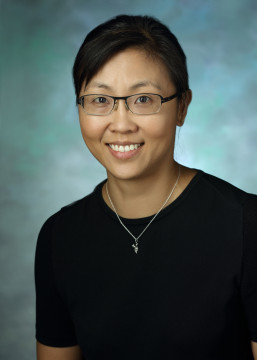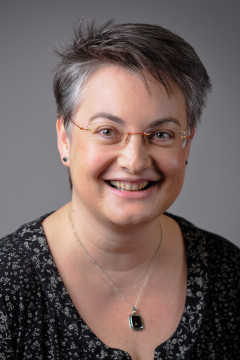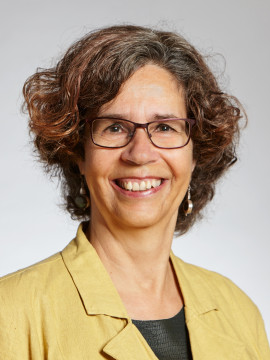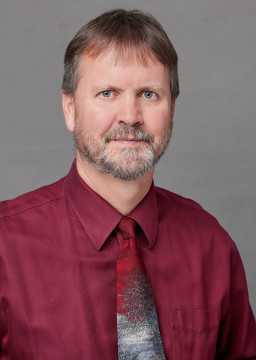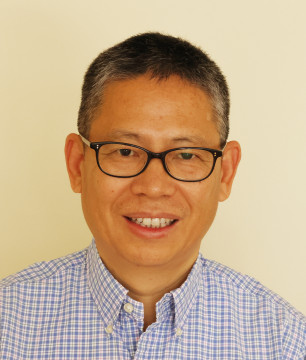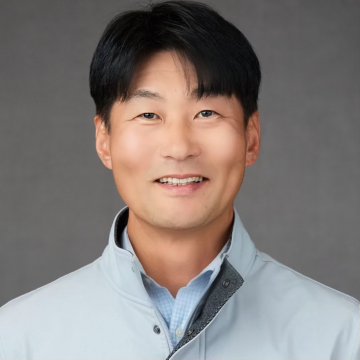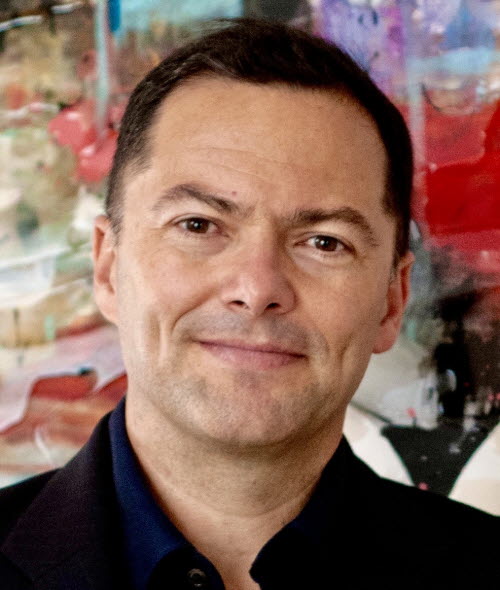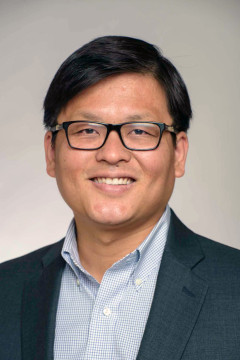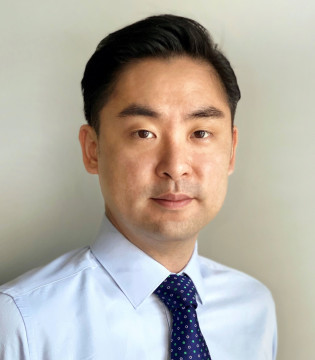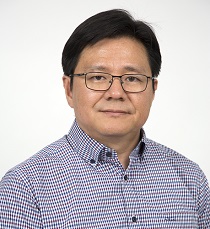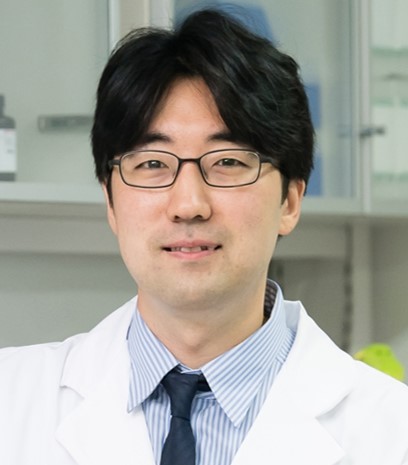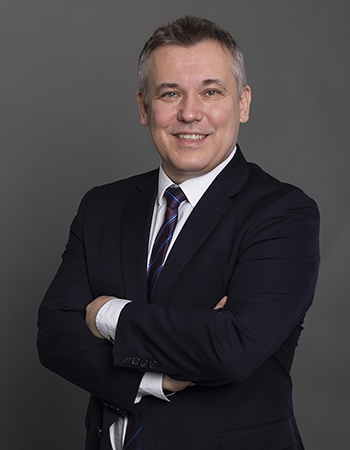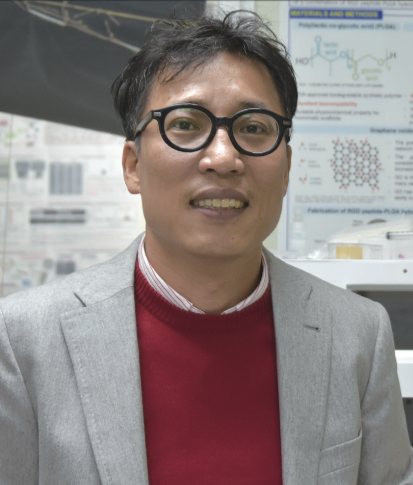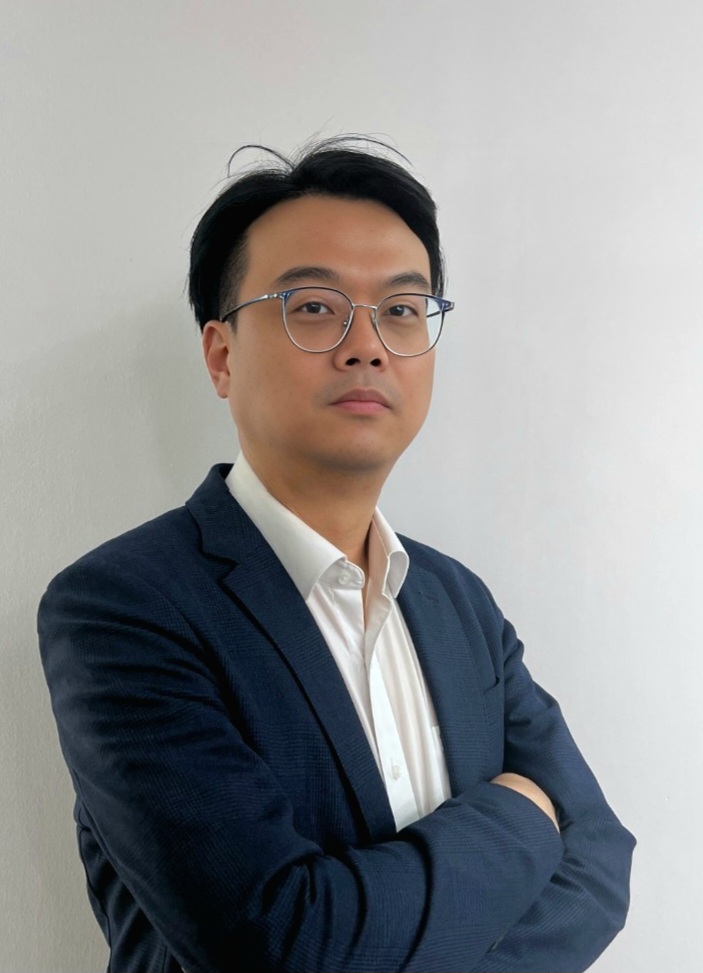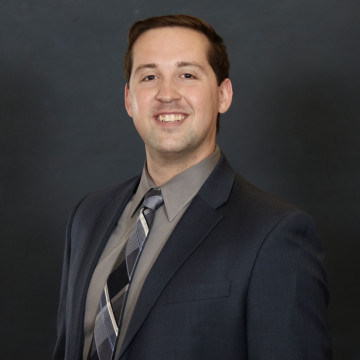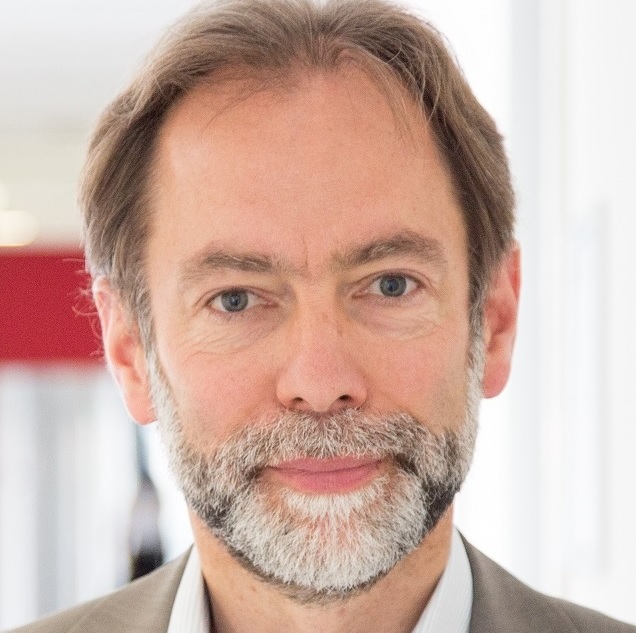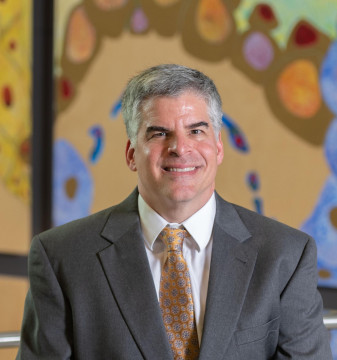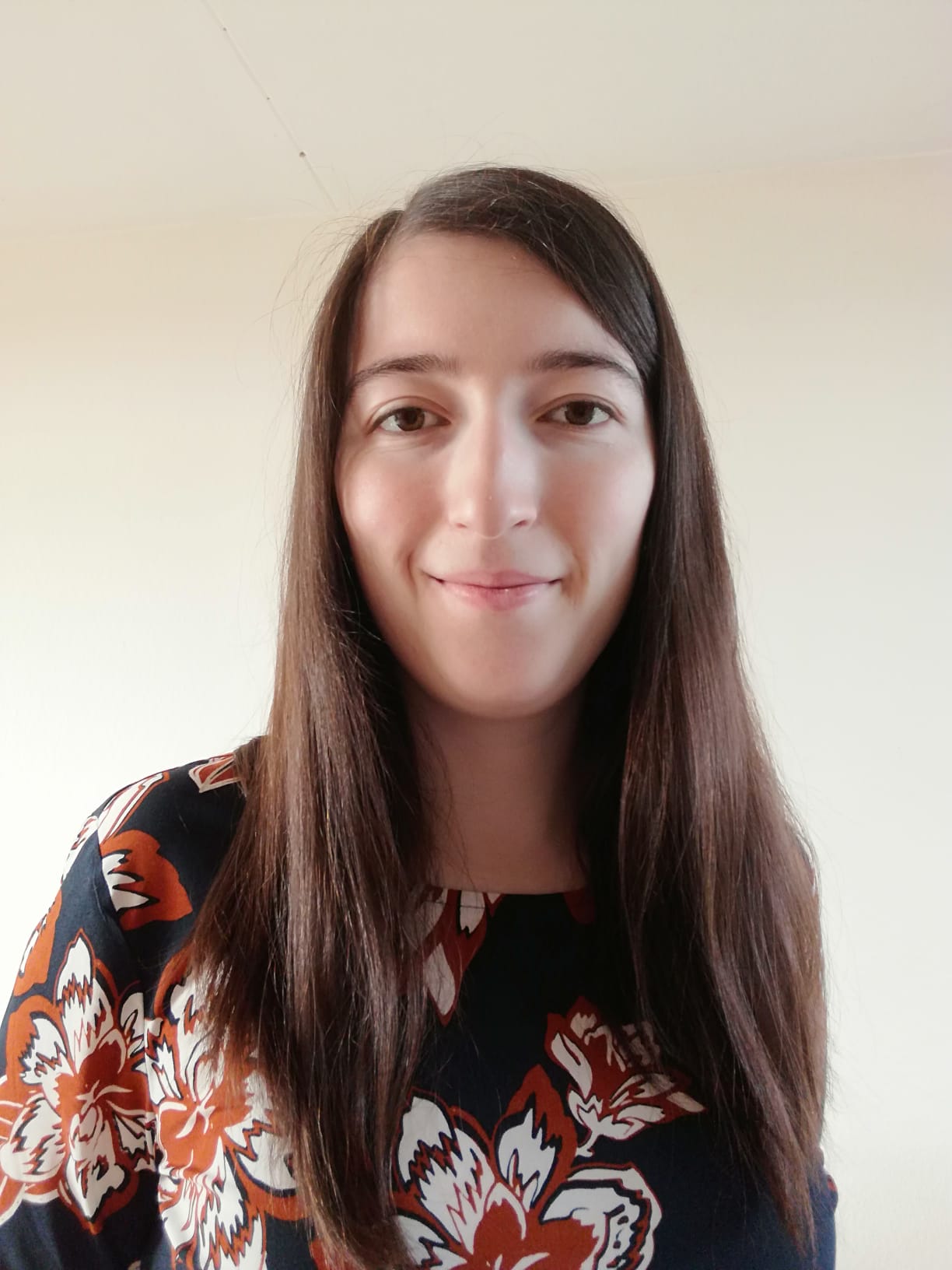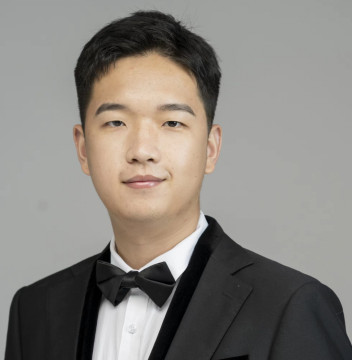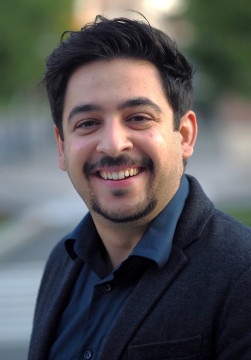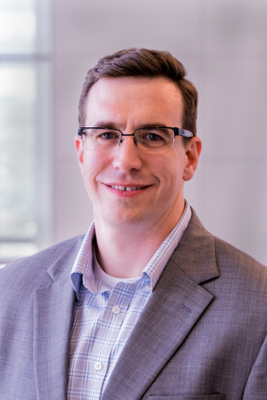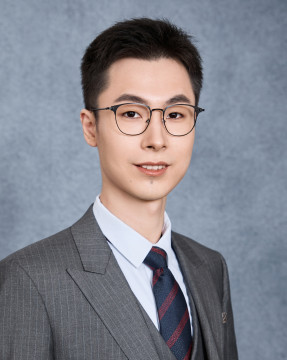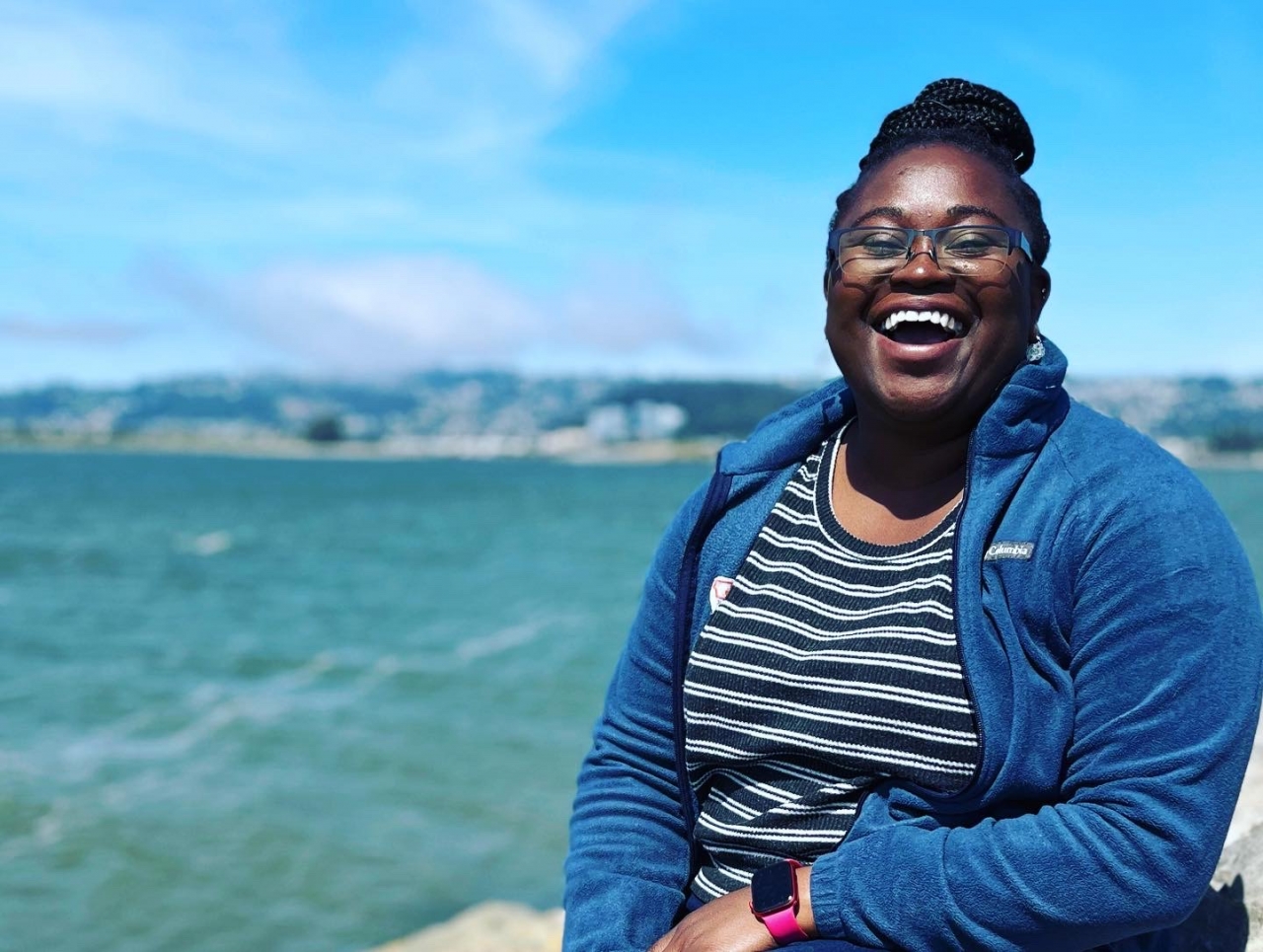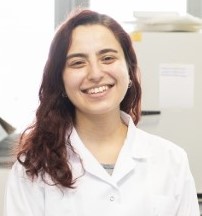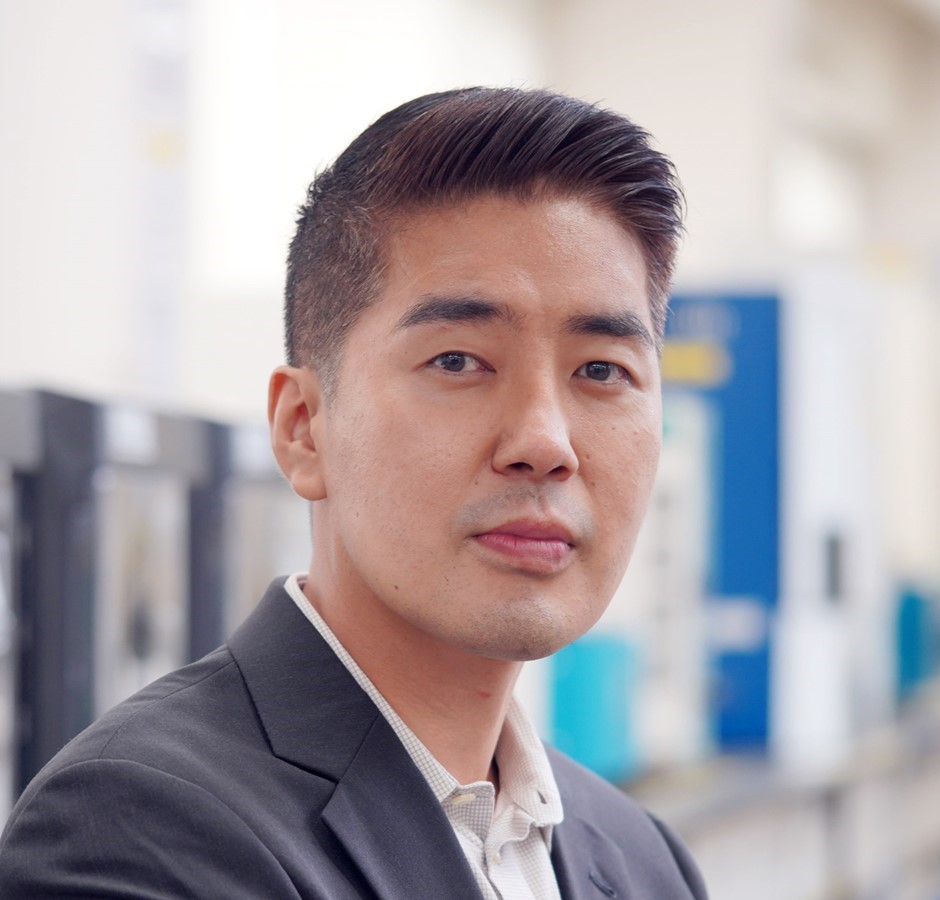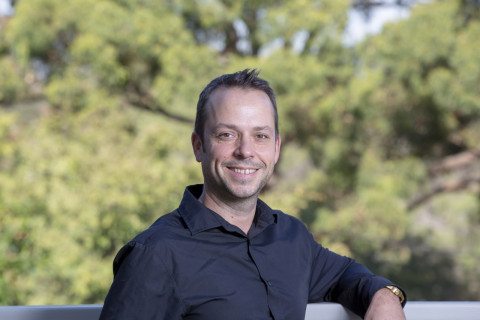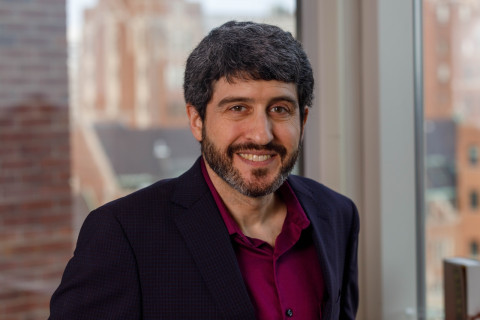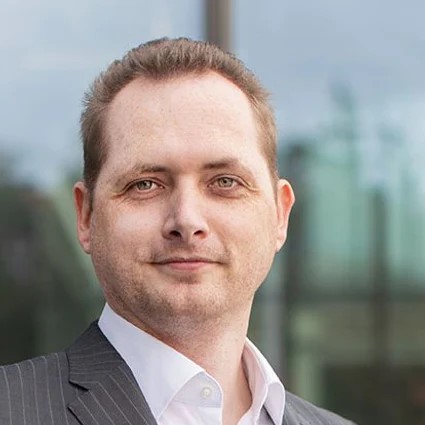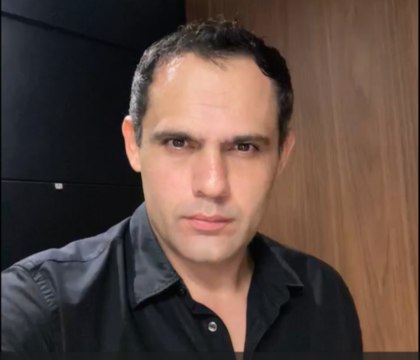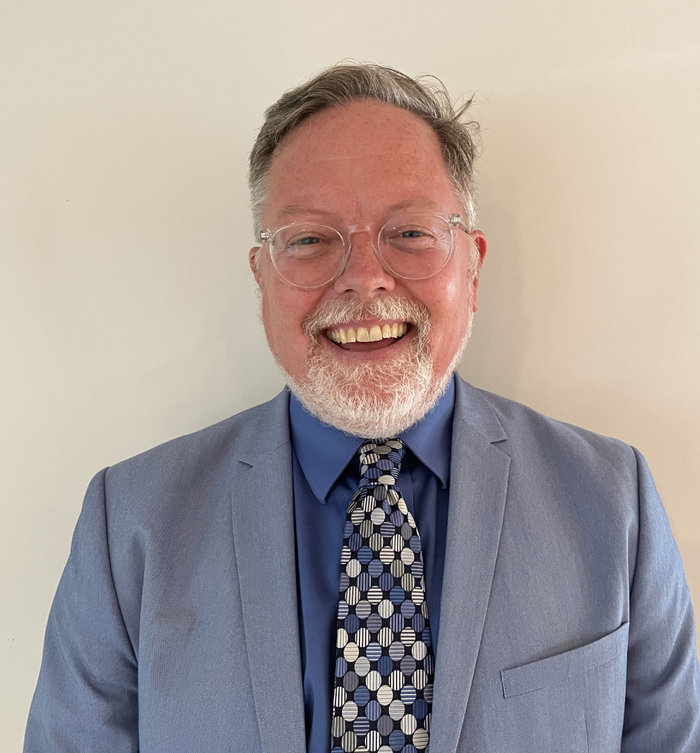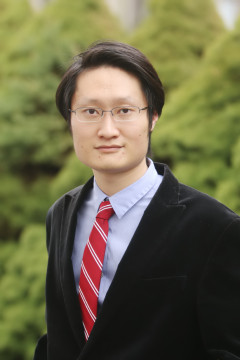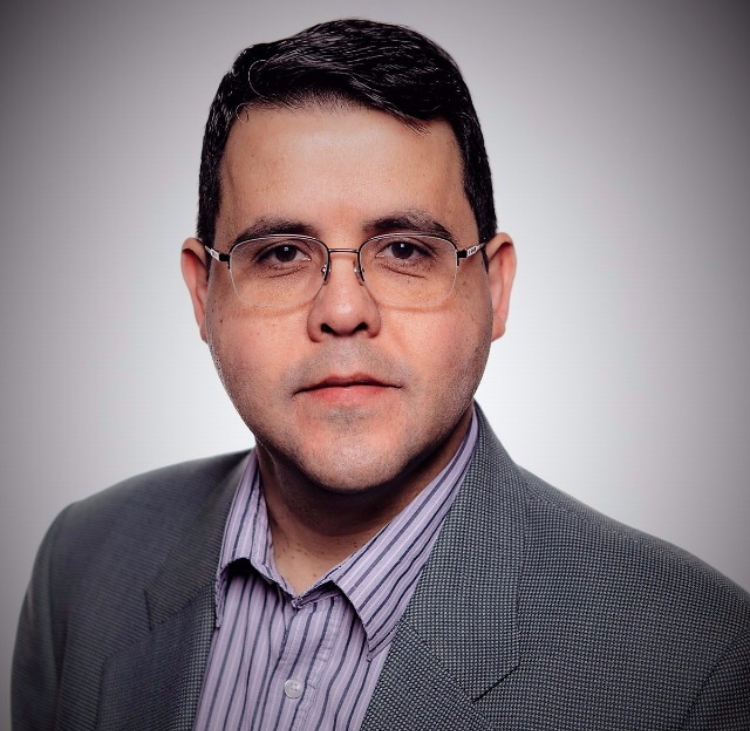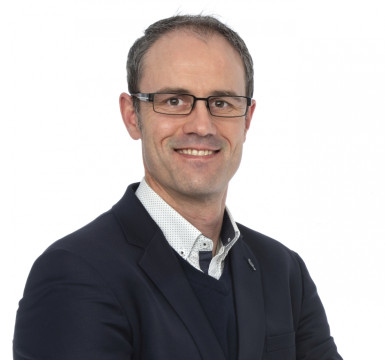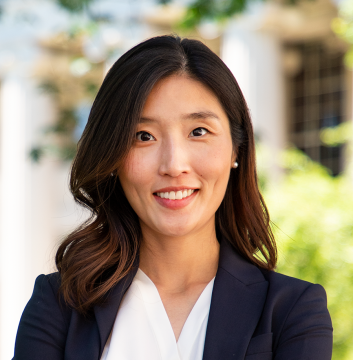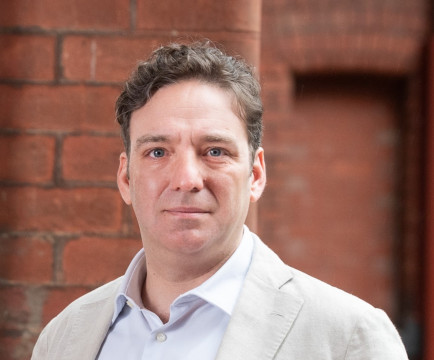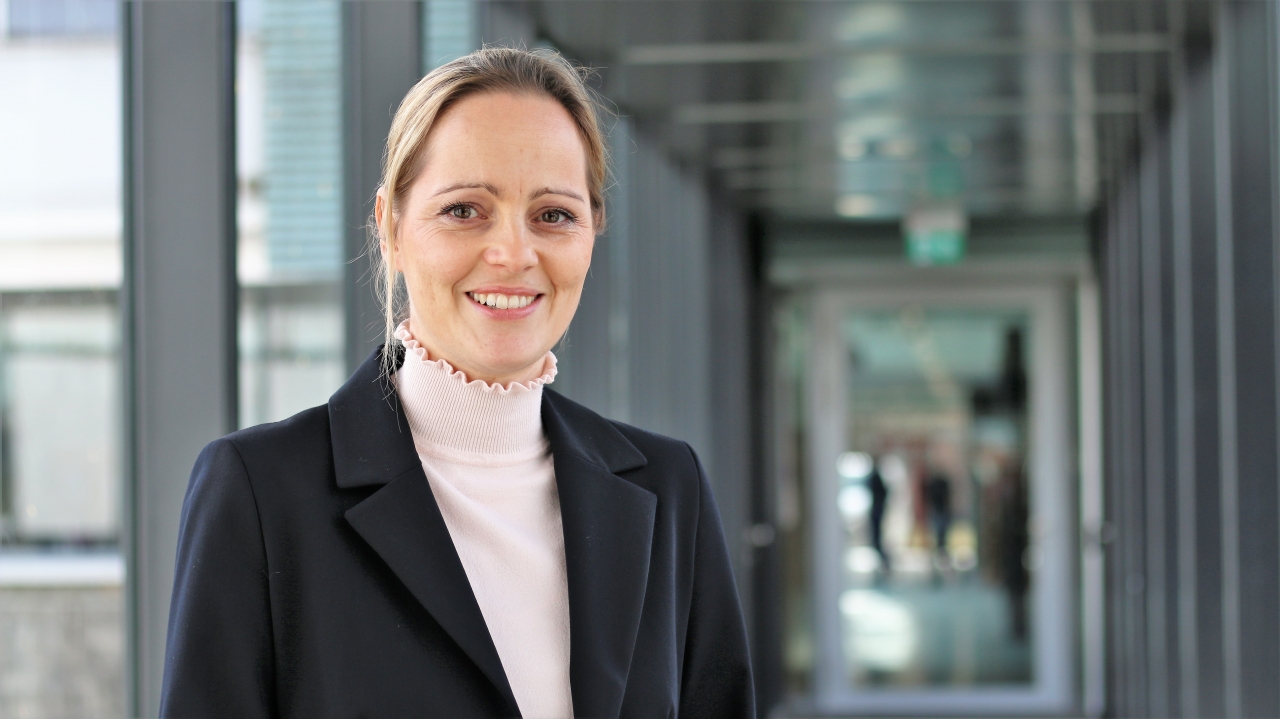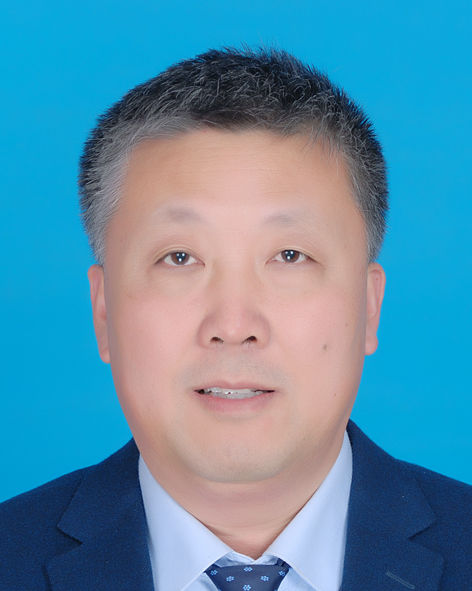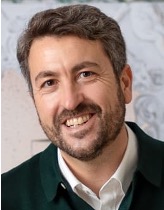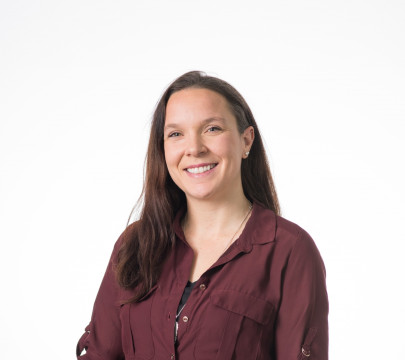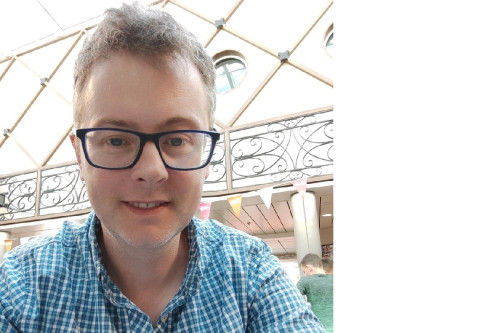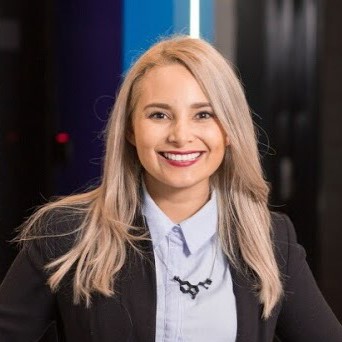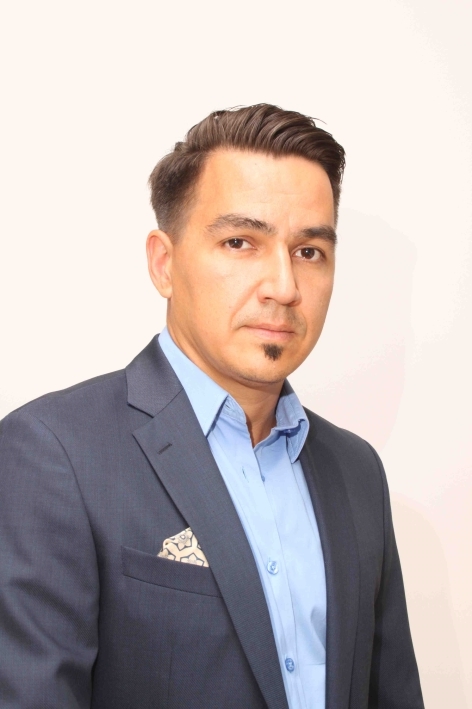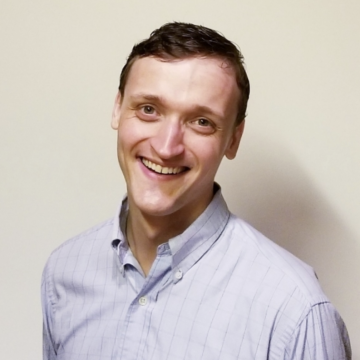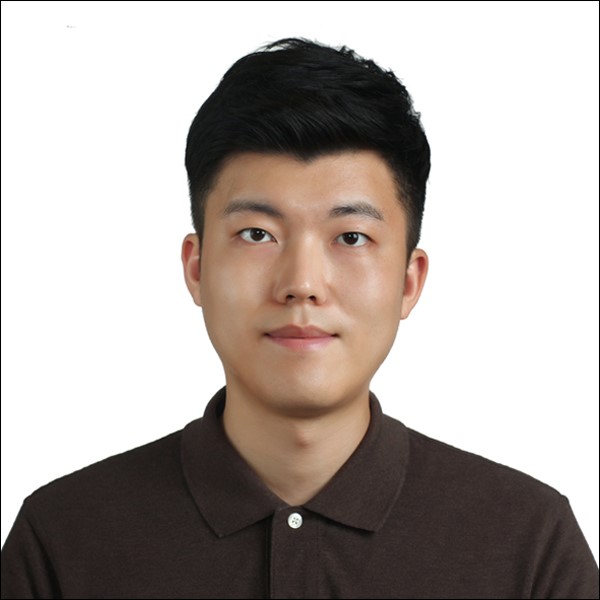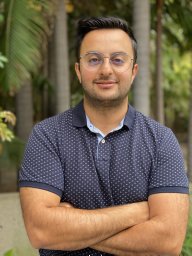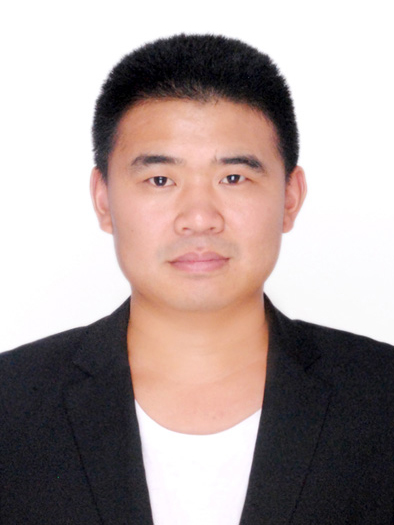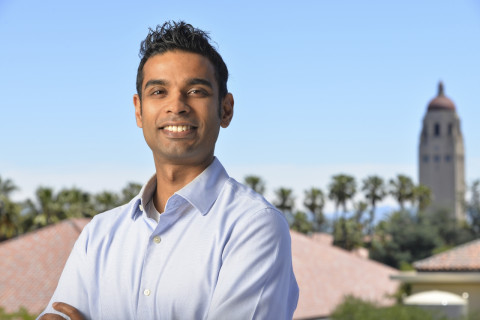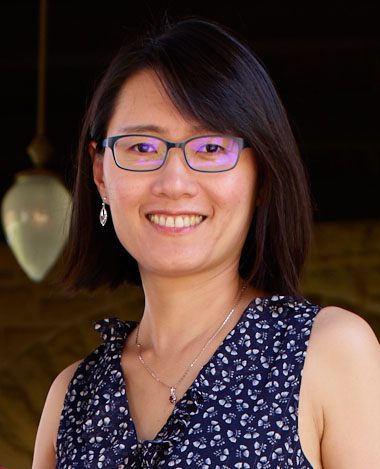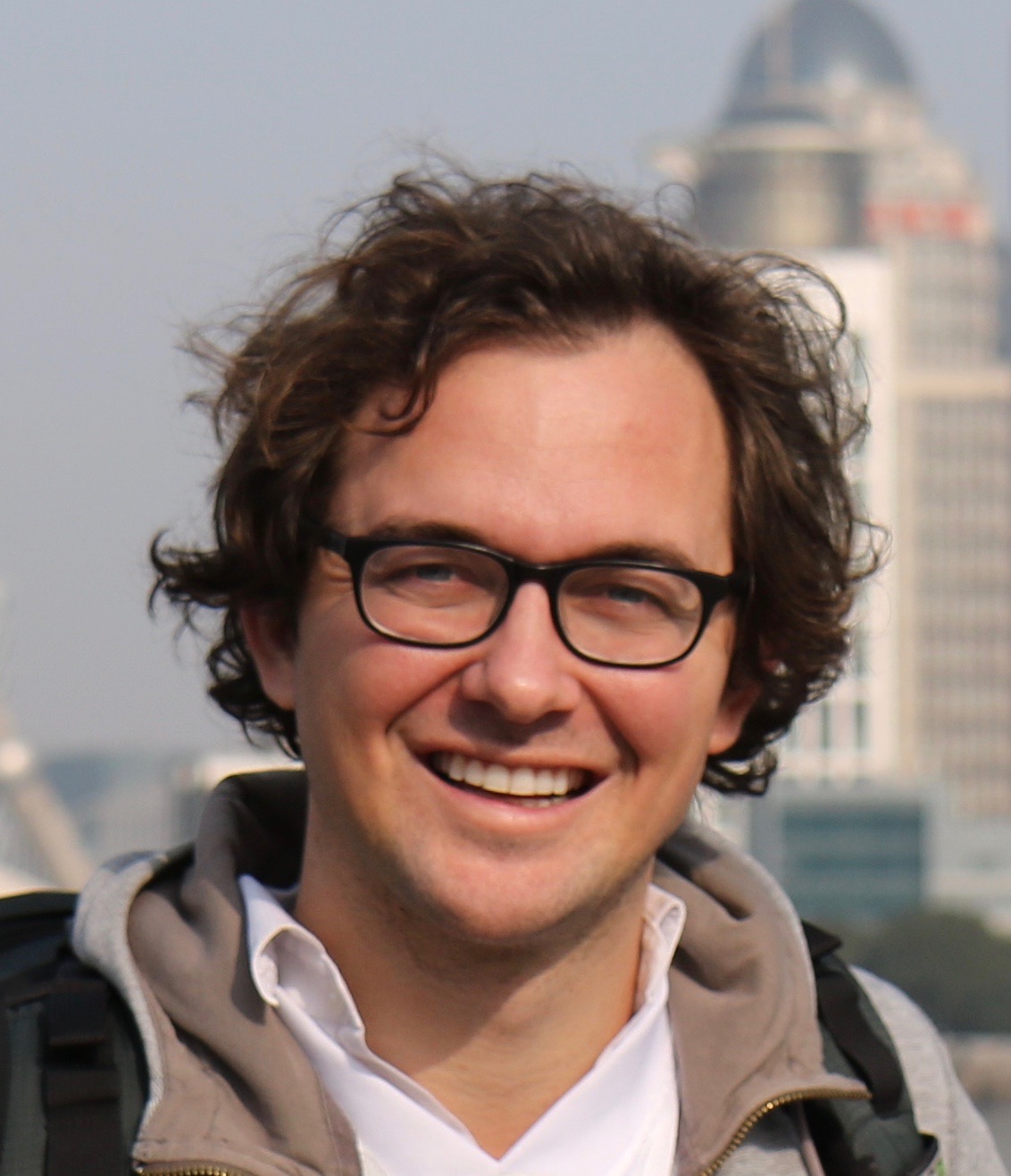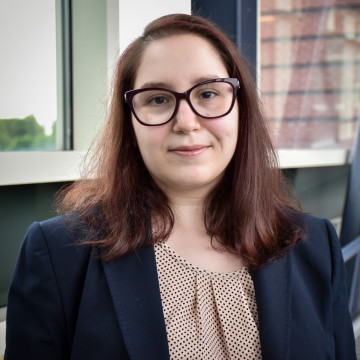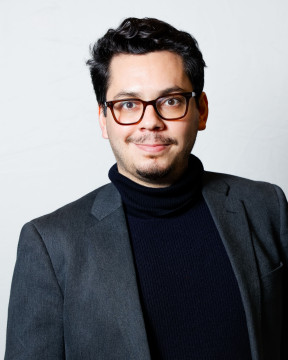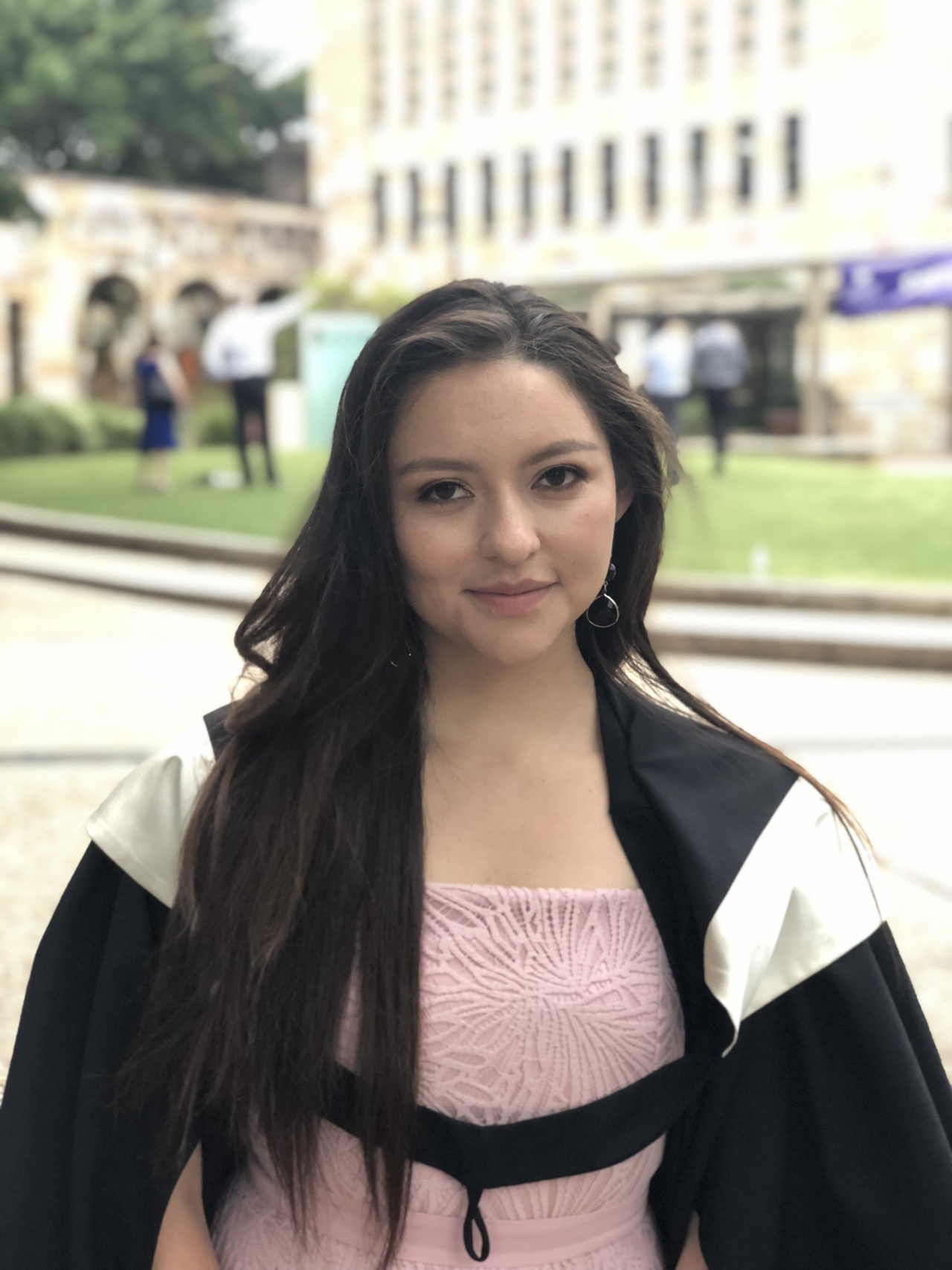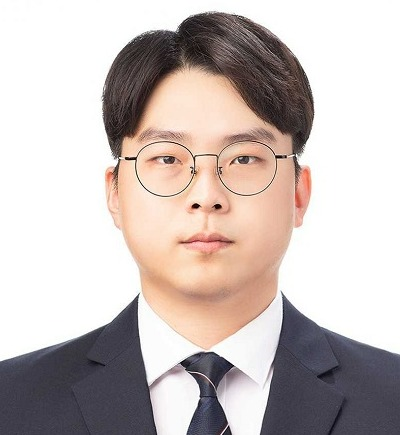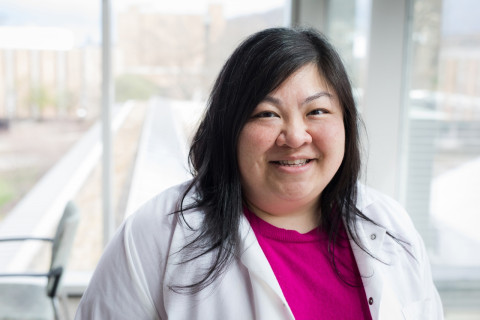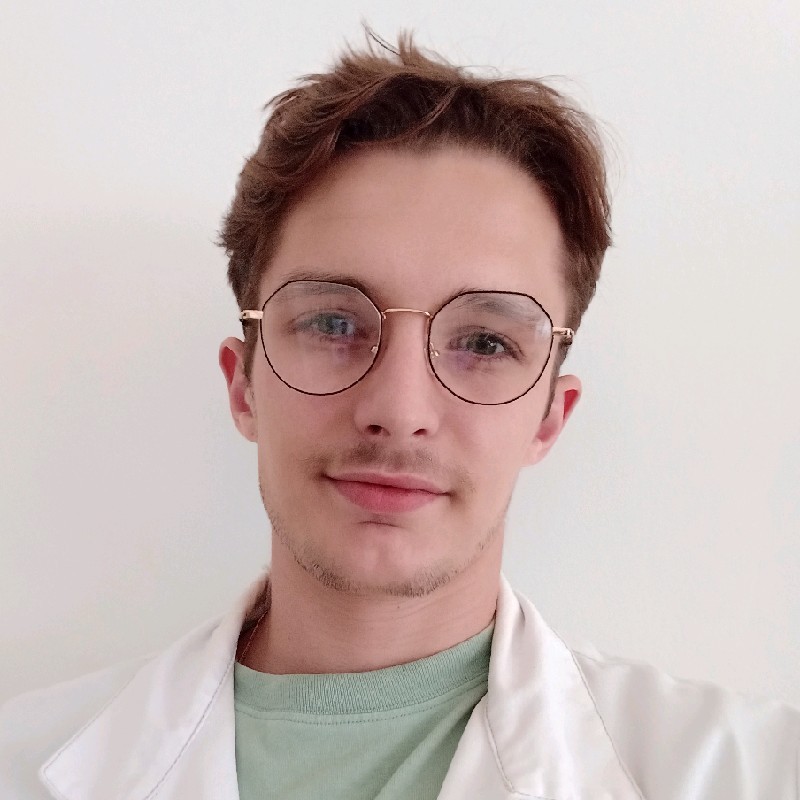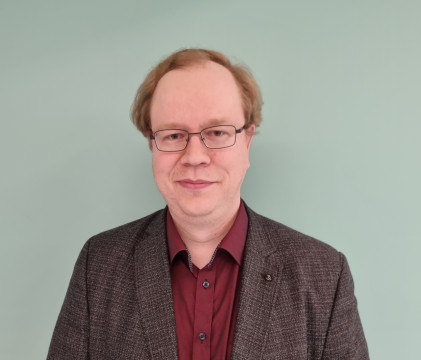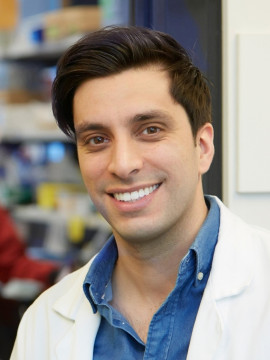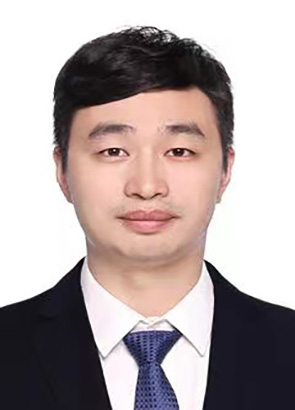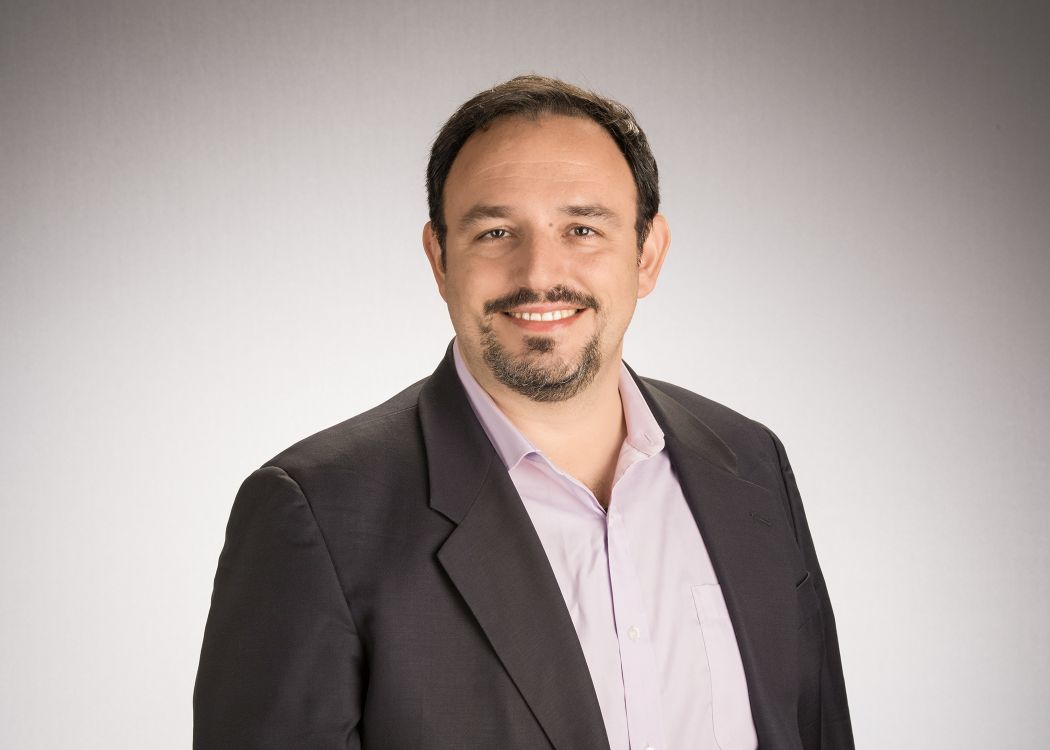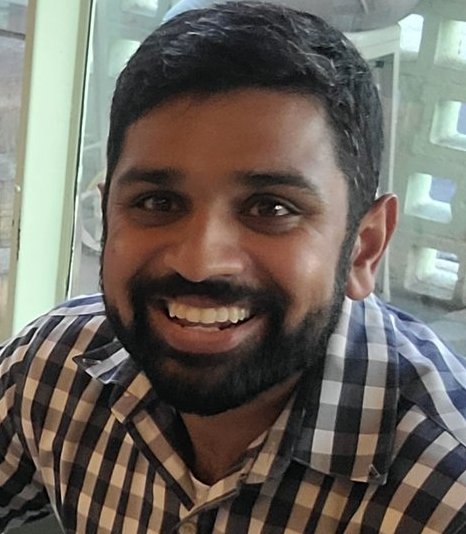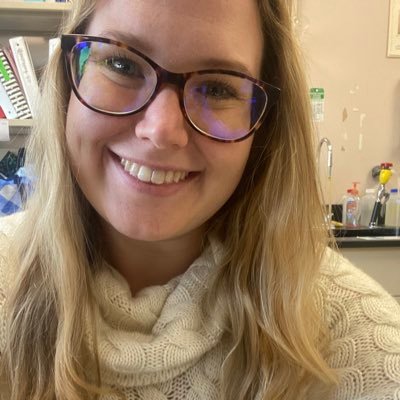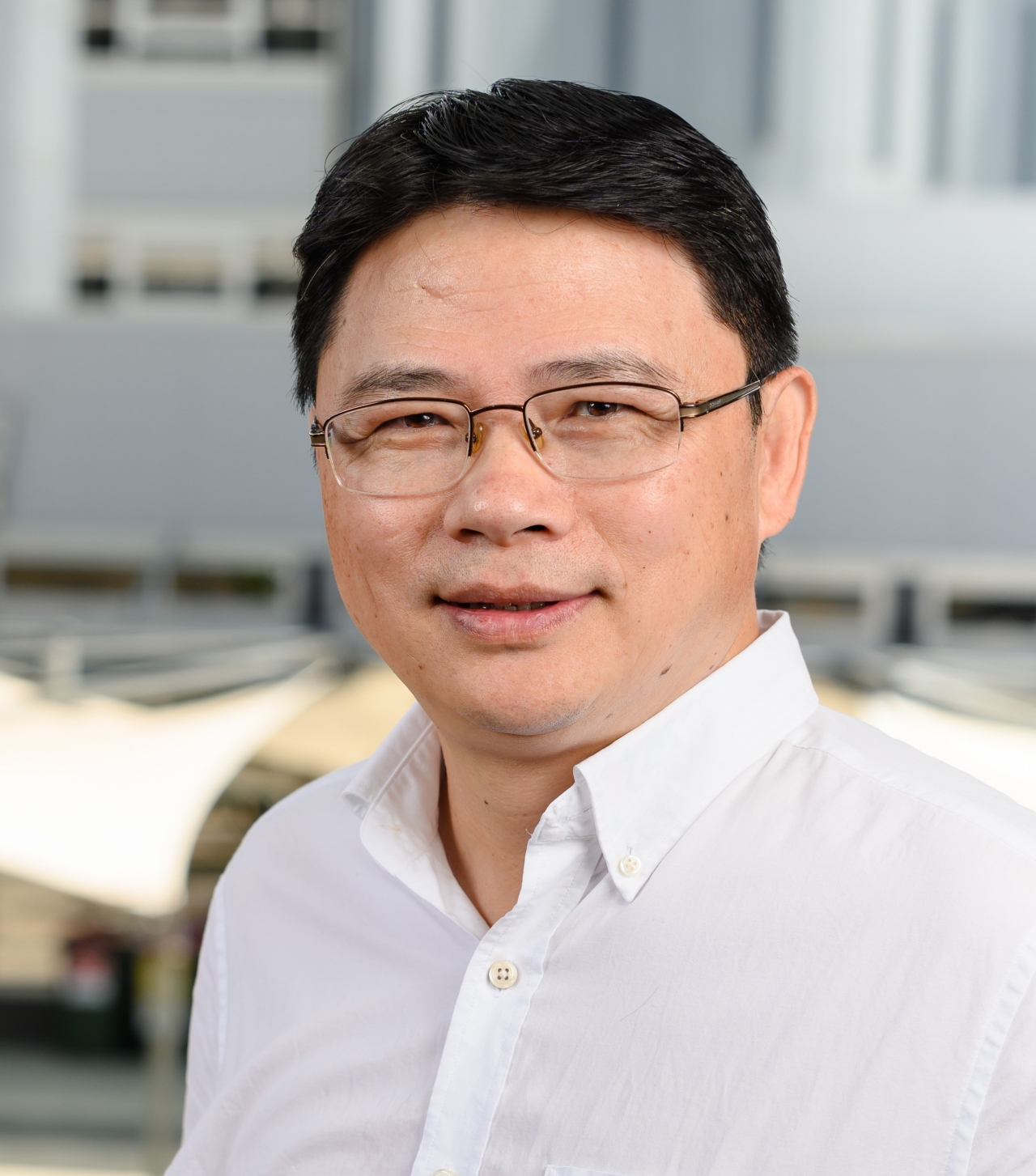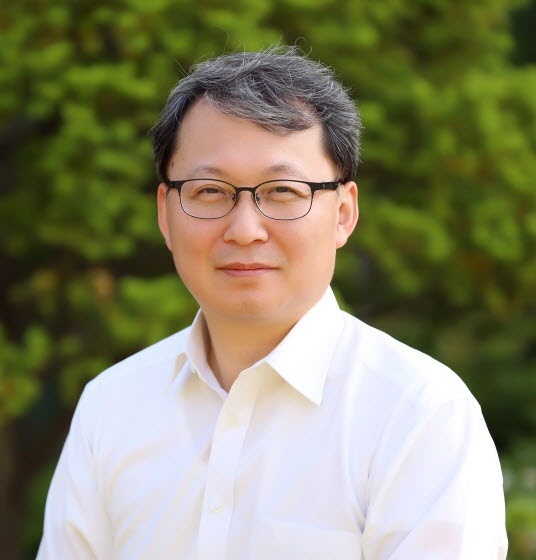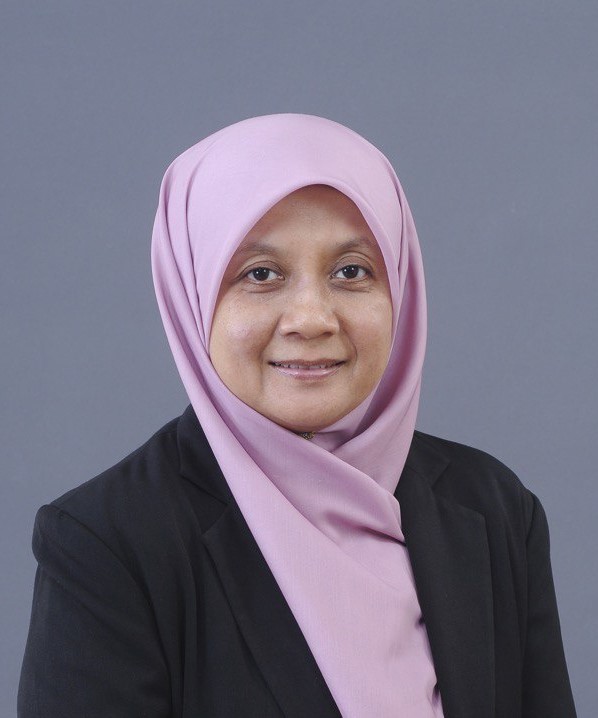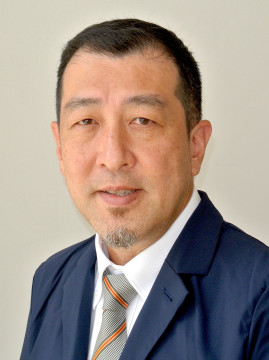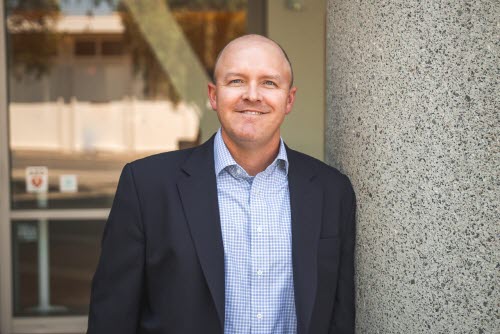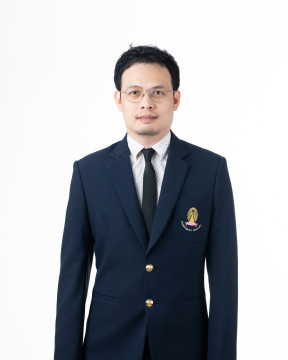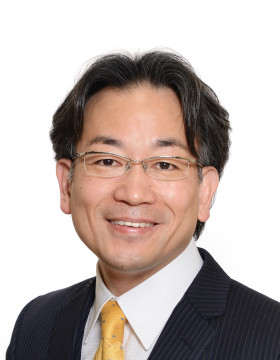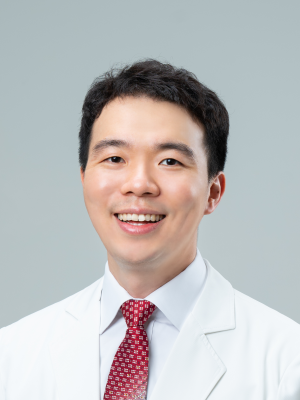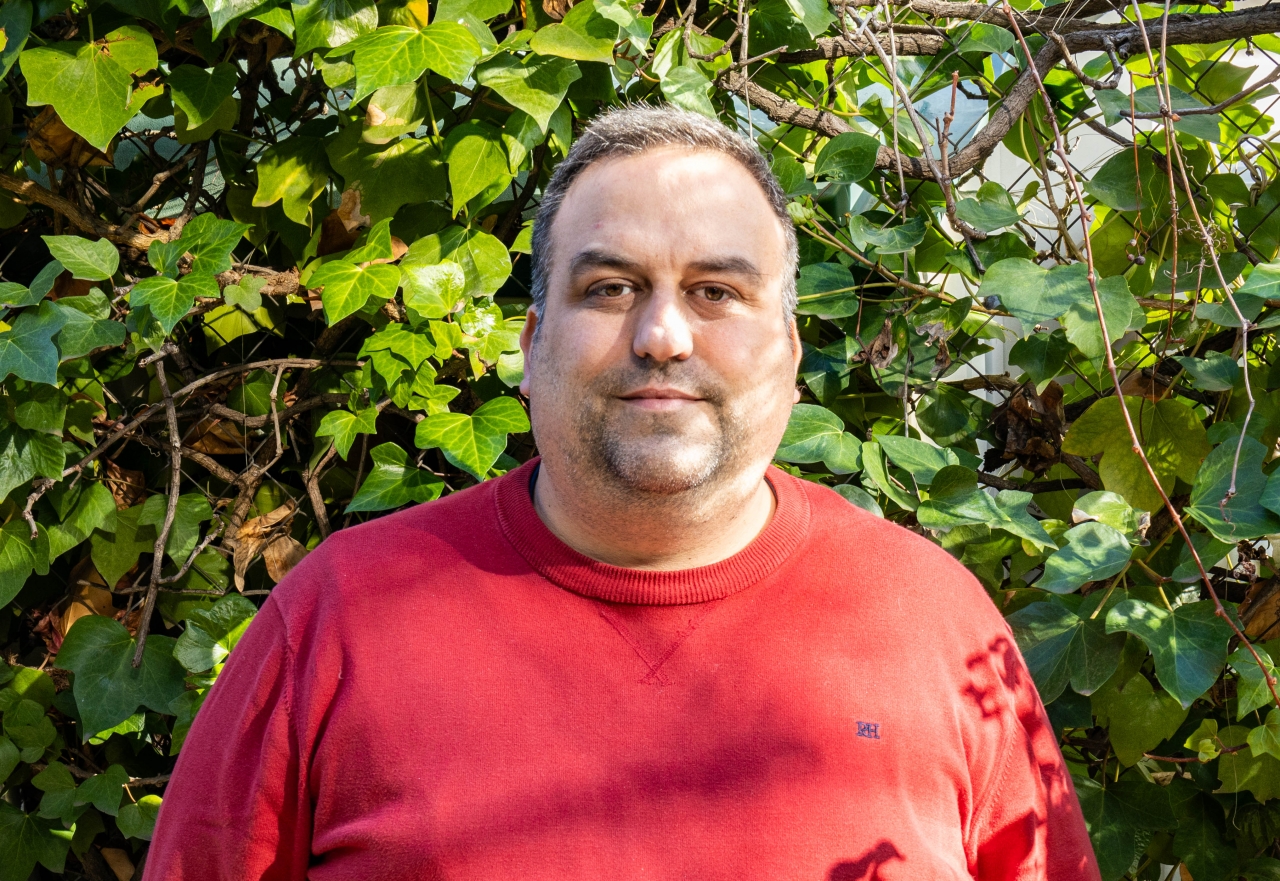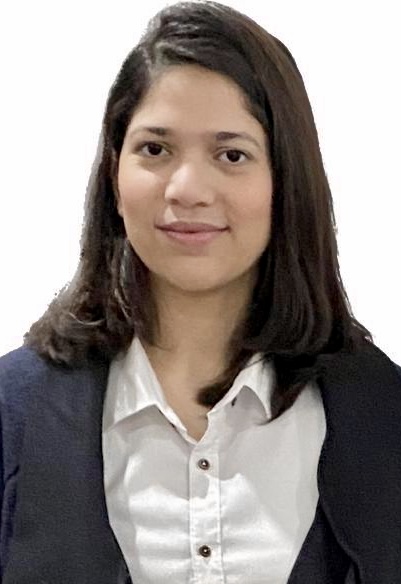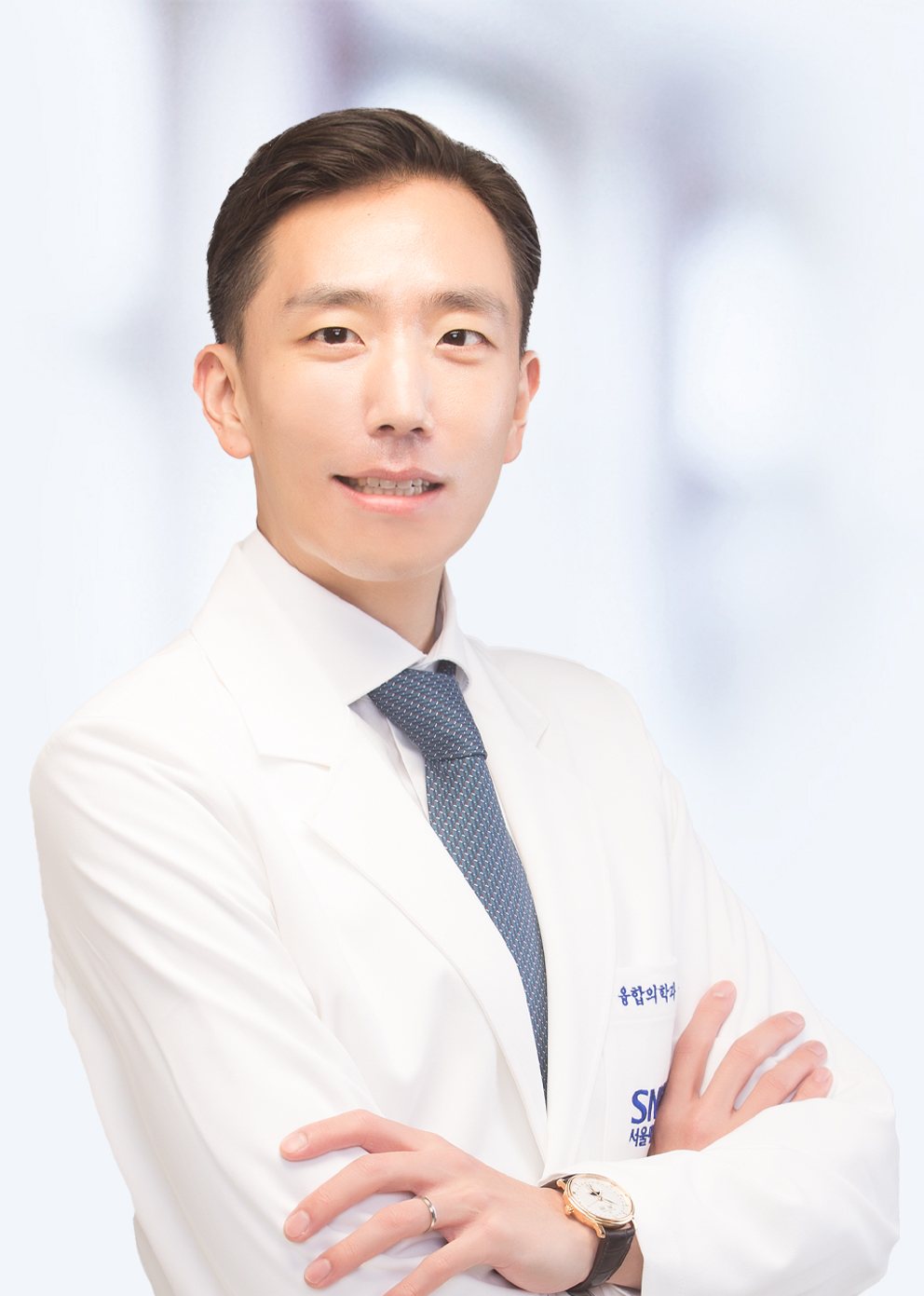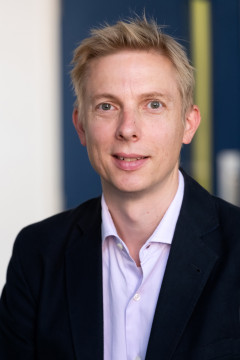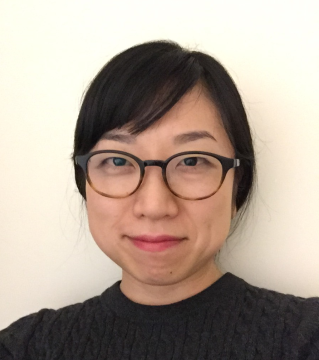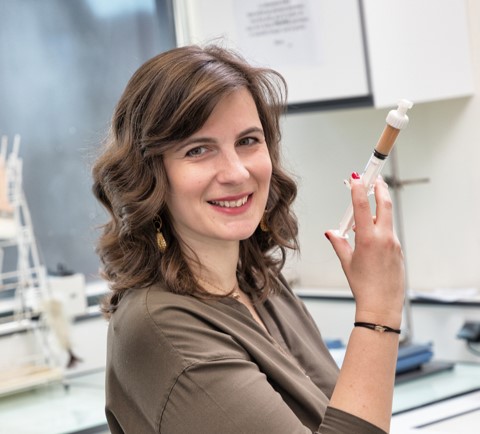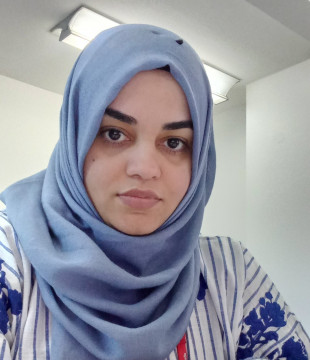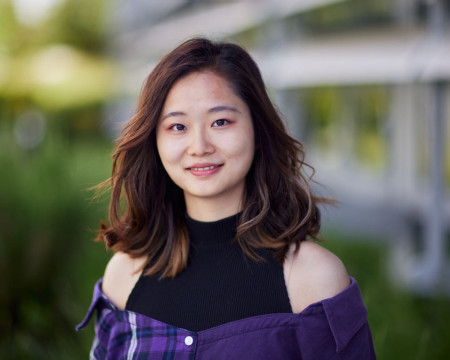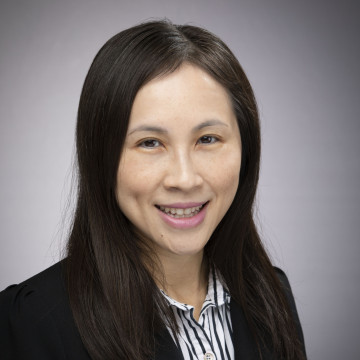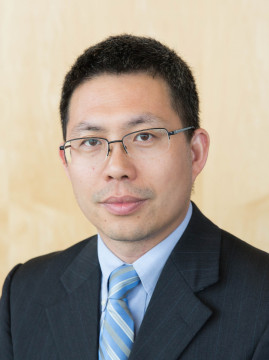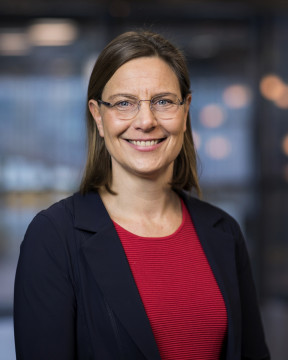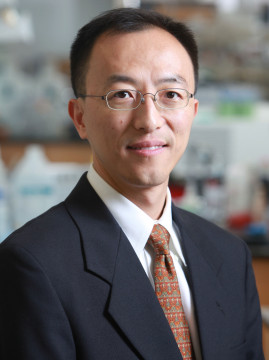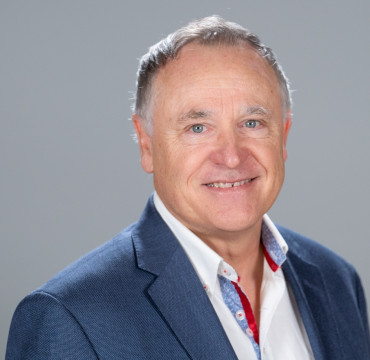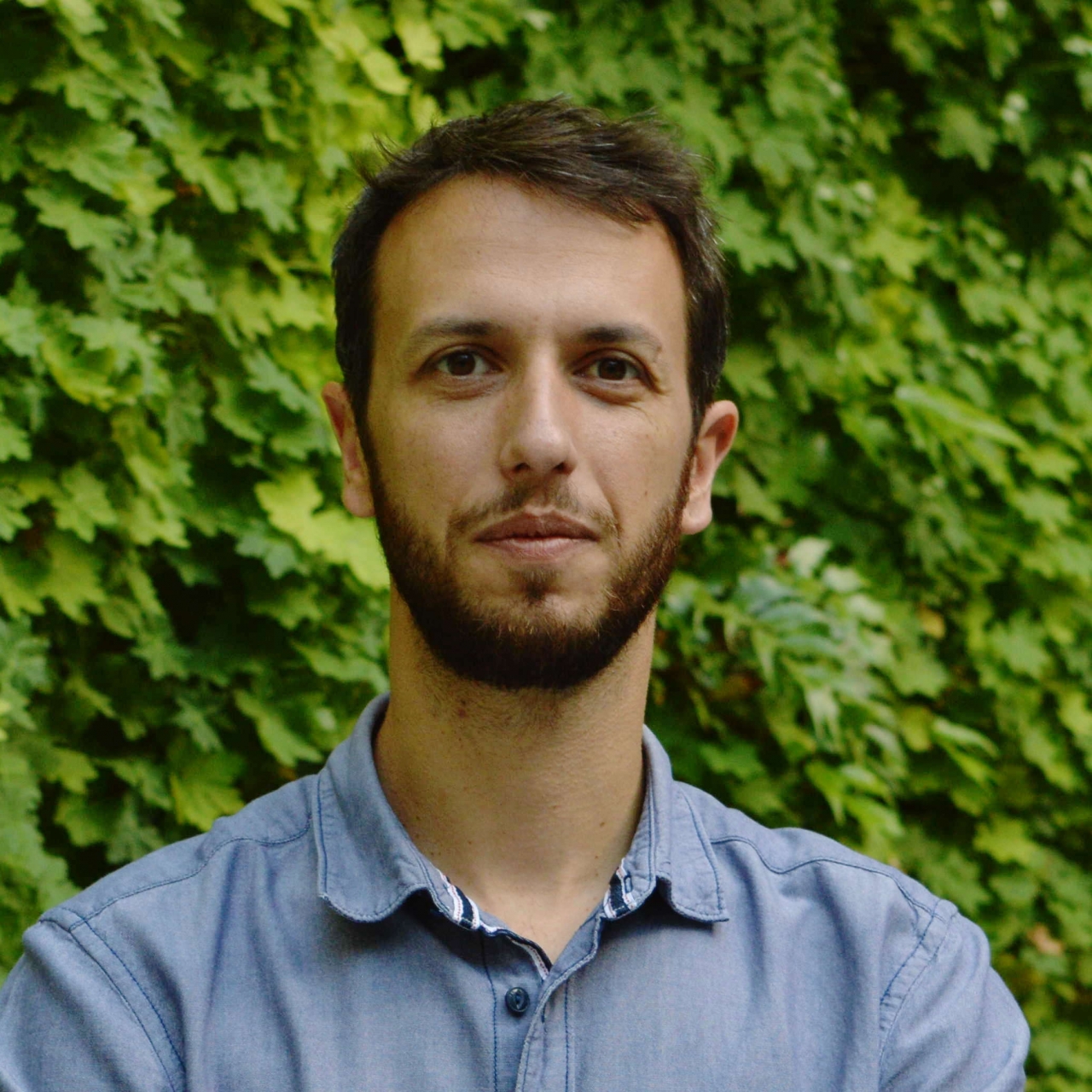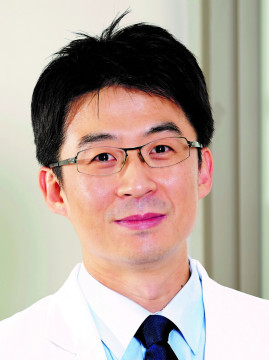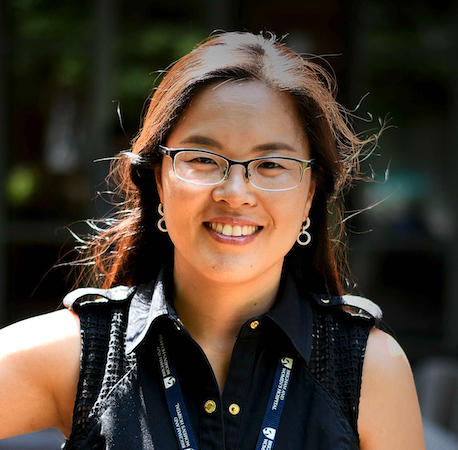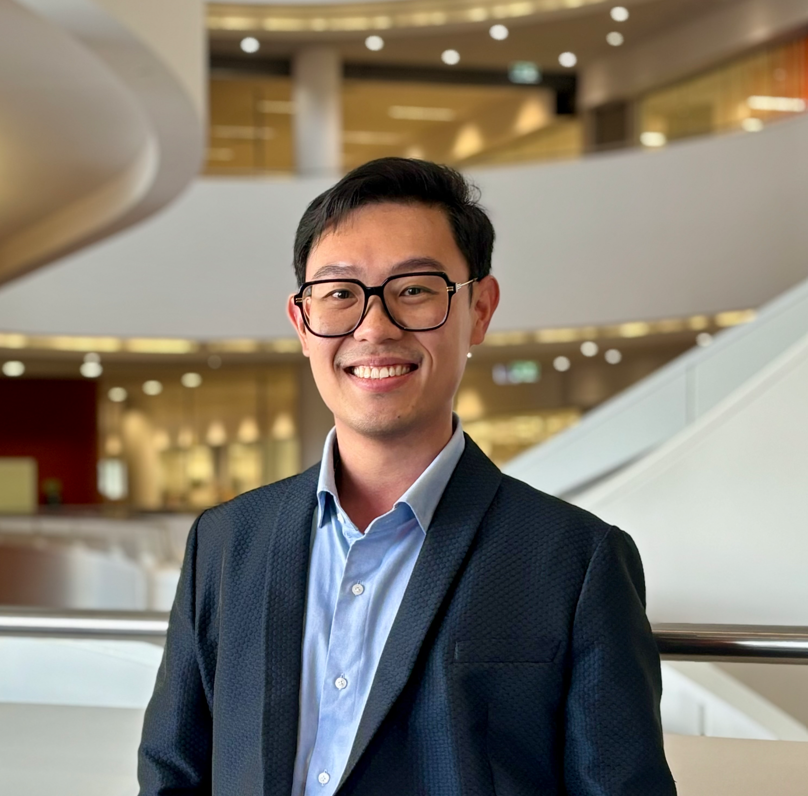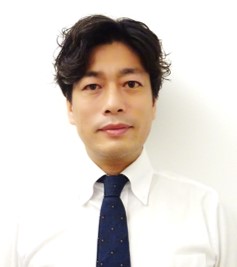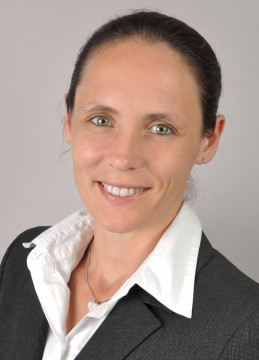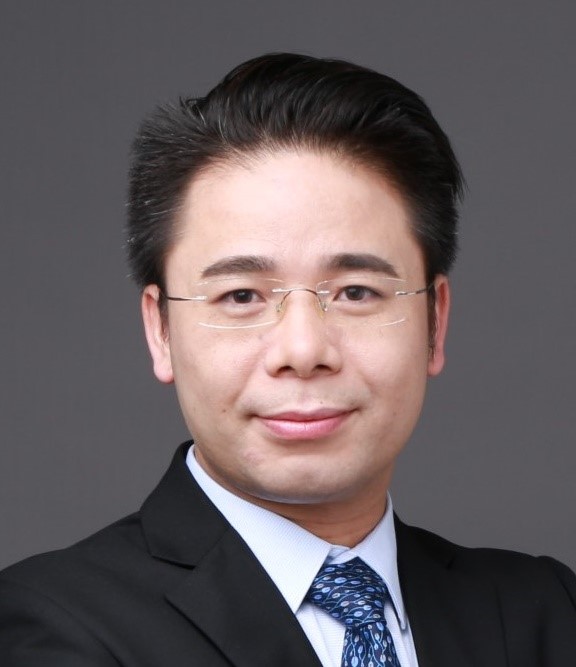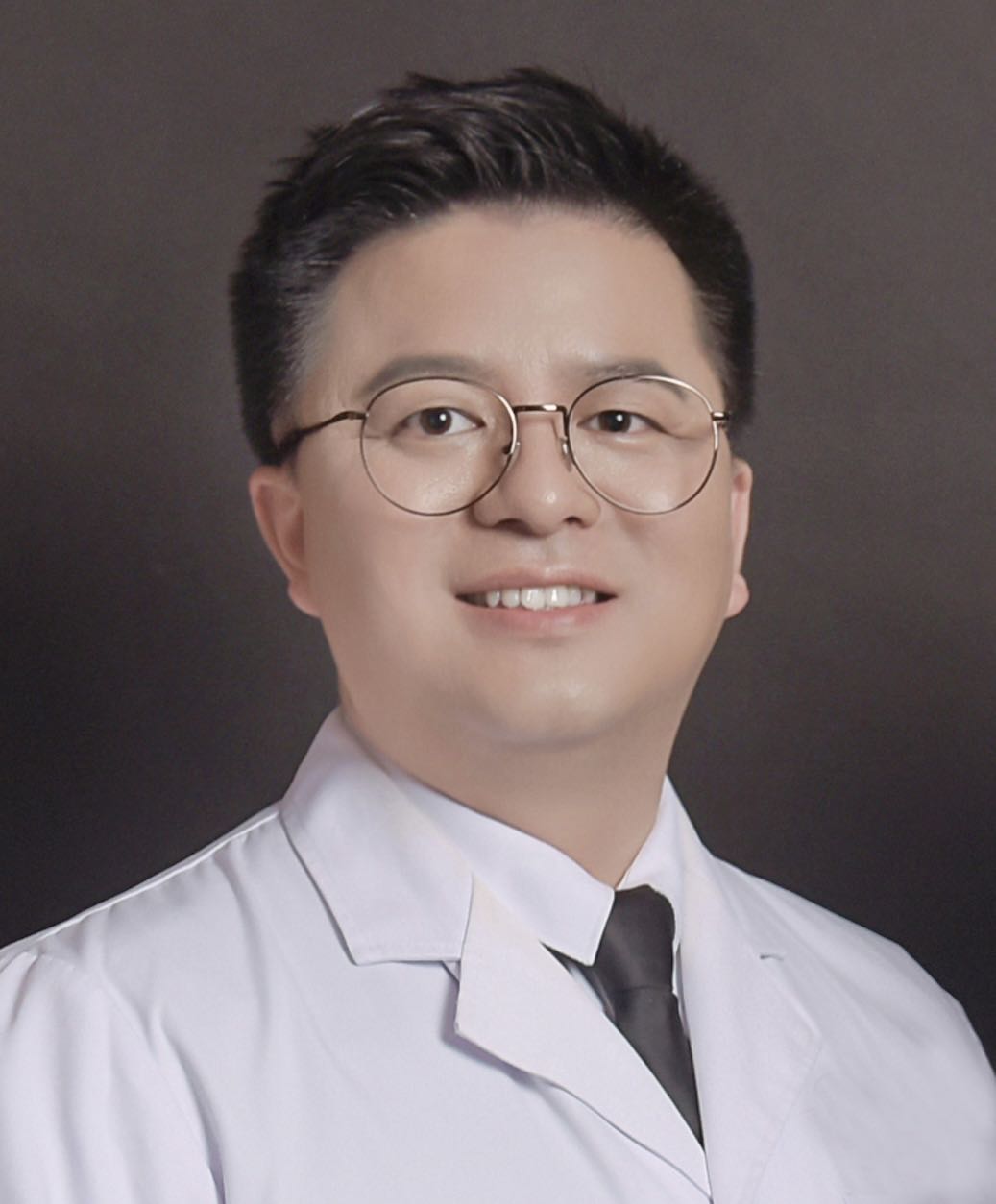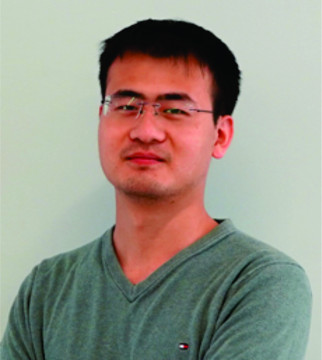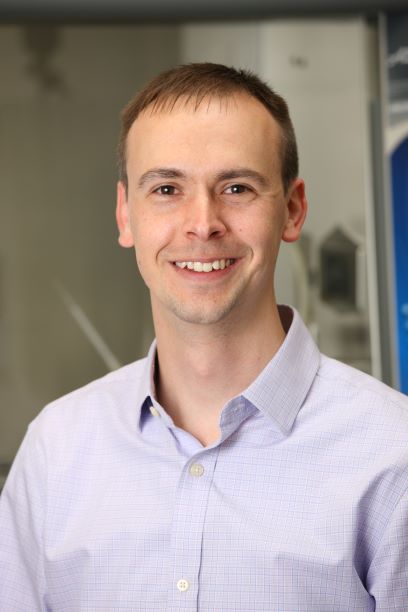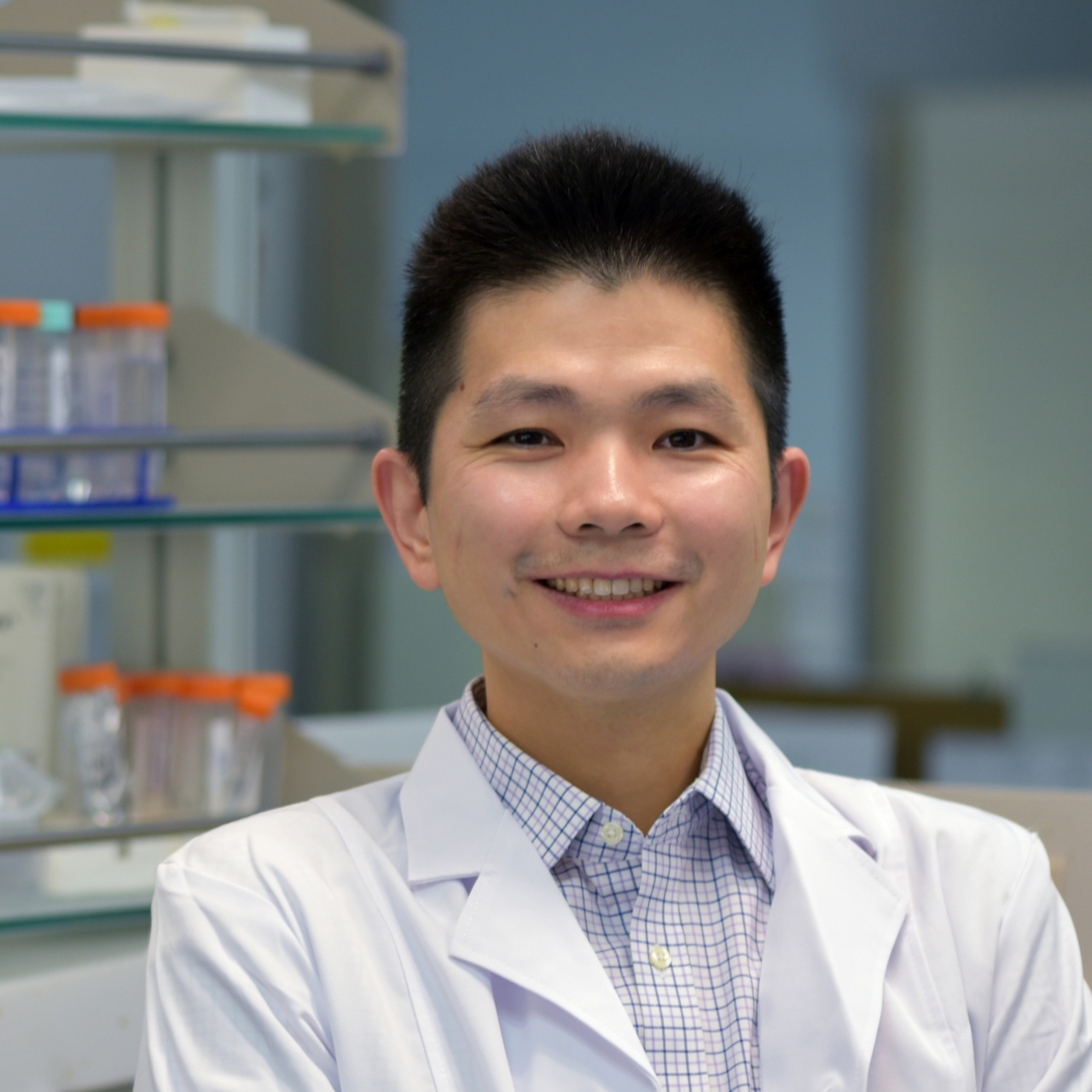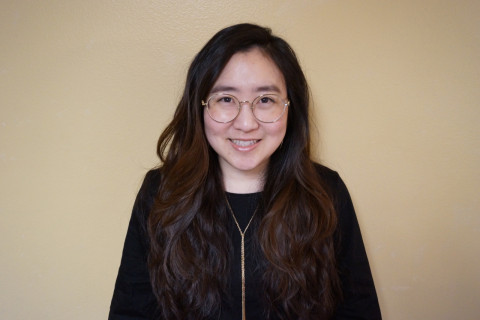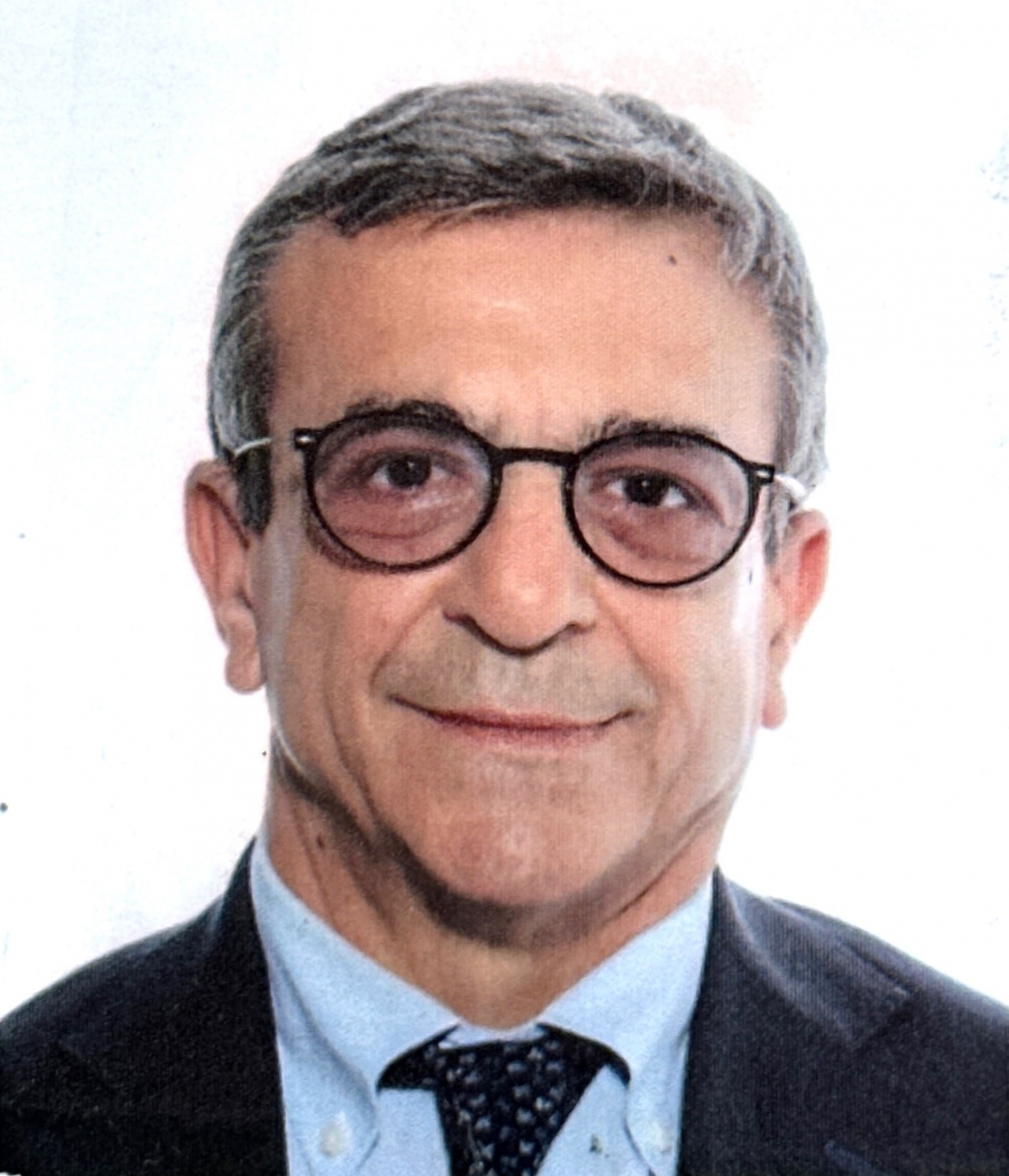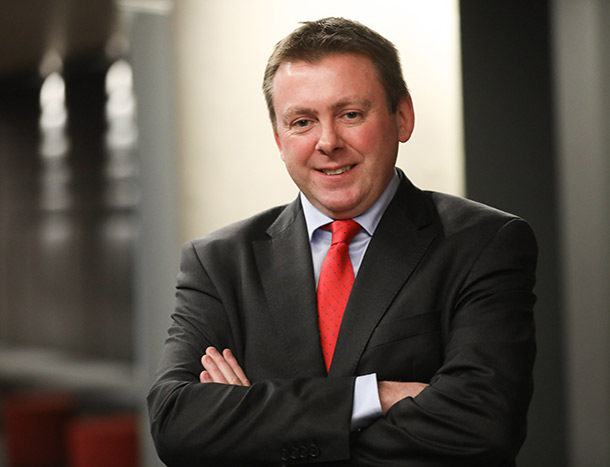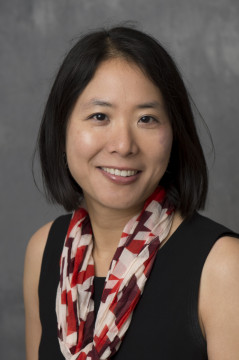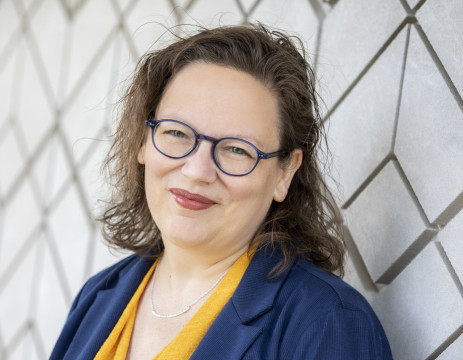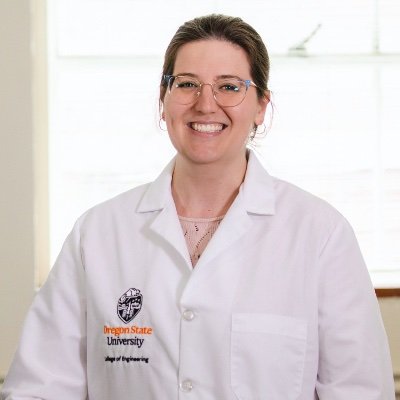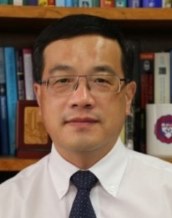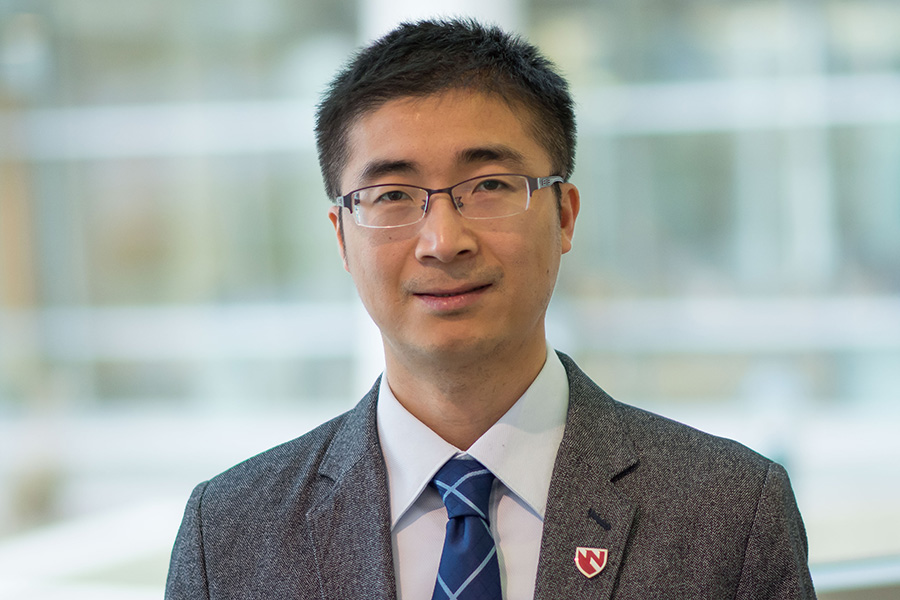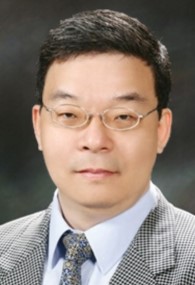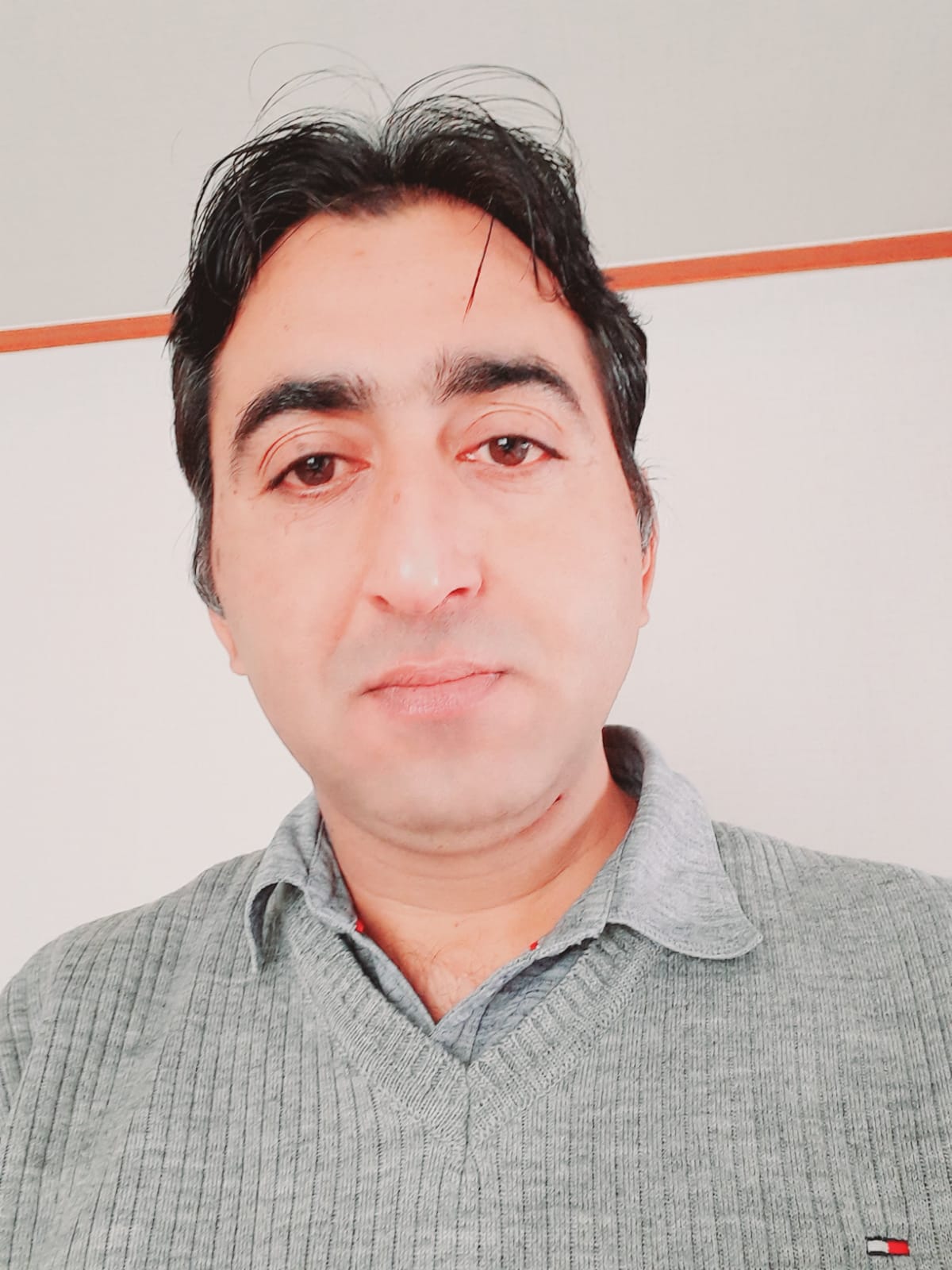Scientific Program
You can update your brief biography and profile picture on the [My Profile] page.
- Session TrackBiomaterials for tissue engineering
- Session TitleLearning from Successful Failures in Tissue Engineering & Regenerative Medicine
- Session CodeSP-T04-0282
- Date & Time / RoomMay 28 (Tue) 9:30~11:00 / Room 324-B
- Organizer
-
Sing Yian Chew (Nanyang Technological University, Singapore)
- Chair
-
Sing Yian Chew (Nanyang Technological University, Singapore)
Catherine Le Visage (Inserm; University of Nantes, France)
- Keynote Speaker
-
9:30~9:55 : That’s not right, it is not even wrong Michael Sefton (University of Toronto, Canada)
9:55~10:20 : Neglecting complexity when extrapolating from cell culture to the human Viola Vogel (ETH Zurich, Switzerland)
Catherine Le Visage (University of Nantes; Inserm, France, France)
- Oral Presenter
-
10:45~10:55 : Improving stem cell differentiation potency using simulated microgravity Jeremy Teo (New York University Abu Dhabi, United Arab Emirates)
- Session TrackBiomaterials for tissue engineering
- Session TitleNanofiberous scaffold for tissue engineering
- Session CodeSP-T04-0285
- Date & Time / RoomMay 30 (Thu) 13:40~15:10 / Room 324-B
- Organizer
-
Xiumei Mo (Donghua University, China)
- Chair
-
Xiumei Mo (Donghua University, China)
Gary L. Bowlin (University of Memphis, USA)
- Keynote Speaker
-
13:40~14:05 : Nanofiberous scaffolds for peripheral nerve repair Younan Xia (Georgia Institute of Technology, USA)
- Invited Speaker
-
14:05~14:20 : Electrospun organic and inorganic nanofiber for tissue engineering Xiumei Mo (Donghua University, China)
14:20~14:35 : Semi-unstable Near-field Electrospinning: Providing Capacity for Cellular Interactions and Ingrowth within the Template Superstructure Framework Voids/Pores Gary L. Bowlin (University of Memphis, USA)
- Oral Presenter
-
14:35~14:45 : Electronspun polycaprolactone-silk fibroin nanofiber scaffolds for the differentiation of mesenchymal stem cells into vascular cells Zhongkui Hong (Texas Tech University, USA)
14:45~14:55 : Advanced 3D Spacer Textile Scaffolds for Tubular Tissue Regeneration using an engineered nanofiber PCL-PLA core-sheath yarn Anna Doersam (University of Manchester, United Kingdom)
- Session TrackBiomaterials for tissue engineering
- Session TitleTranslational Regenerative Medicine
- Session CodeSP-T04-0289
- Date & Time / RoomMay 30 (Thu) 16:30~18:00 / Room 324-B
- Organizer
-
Sang Jin Lee (Wake Forest Institute for Regenerative Medicine, USA)
- Chair
-
Sang Jin Lee (Wake Forest Institute for Regenerative Medicine, USA)
Alvaro Mata (Nottingham University, United Kingdom)
- Keynote Speaker
-
16:30~16:55 : Translational approaches in designing bioactive materials for regeneration of dense connective tissues Chang Hun Lee (Columbia University, USA)
- Invited Speaker
-
16:55~17:10 : Bioengineered strategies for augmenting skeletal muscle function in rotator cuff injuries Woojin Han (Icahn School of Medicine at Mount Sinai, USA)
17:10~17:25 : Photocrosslinkable bioinks for light-based 3D bioprinting to fabricate multiscale tissue constructs Keekyung Kim (University of Calgary, Canada)
Deok-Ho Kim (Johns Hopkins Biomedical Engineering, USA)
17:40~17:55 : Pre-clinical and clinical translation of tissue engineered tendons to regenerate human extensor tendon for functional recovery Wei Liu (Shanghai Ninth People's Hospital, Shanghai Jiao Tong University School of Medicine, China)
- Oral Presenter
-
17:55~18:05 : Self-feeding living tissues via nutritional nanoparticles enables long-term stem cell functionality under anoxia Niels Willemen (University of Twente, Netherlands)
- Session TrackBiomaterials for tissue engineering
- Session Title3D Organoids for Disease Modeling and Tissue Regeneration
- Session CodeSP-T04-0292
- Date & Time / RoomMay 27 (Mon) 13:00~14:30 / Room 324-B
- Organizer
-
Yongsung Hwang (Soonchunhyang University, Korea, Republic of)
- Chair
-
Yongsung Hwang (Soonchunhyang University, Korea, Republic of)
Yu Suk Choi (The University of Western Australia, Australia)
- Keynote Speaker
-
13:00~13:25 : CRISPR/Cas-assisted genetics in organoids and pluripotent stem cell Bon-Kyoung Koo (Institute for Basic Science (IBS), Korea, Republic of)
- Invited Speaker
-
13:25~13:40 : 3D-bioprinted tissue and cancer models - a revolution in preclinical drug research? Michał Wszoła (Polbionica Sp. z o.o., Poland)
- Oral Presenter
-
13:40~13:50 : Bioengineered airway organoids using proteinaceous artificial extracellular matrix for regeneration of traumatic airway injury SeongMin Han (Kyungpook National University, Korea, Republic of)
13:50~14:00 : A seamless intervascular encapsulation device for transplantation of pancreatic islets Jonathan Brassard (McGill university, Canada)
14:00~14:10 : Bioinspired Hydrogel for Highly Effective Transplantation of Hepatic Organoids to Treat Liver Failure Dongchang Kim (Kyungpook National University, Korea, Republic of)
14:10~14:20 : Permeability of the blood brain barrier in brain organoids under normoxic and hypoxic conditions as stroke model Kathrin Kostka (University of Duisburg-Essen, Germany)
- Session TrackBiomaterials for tissue engineering
- Session TitleAdvanced Nanobiomaterials for Biomedical Applications
- Session CodeSP-T04-0039
- Date & Time / RoomMay 31 (Fri) 11:20~12:50 / Room 314
- Organizer
-
Dong-Wook Han (Pusan National University, Korea, Republic of)
- Chair
-
Dong-Wook Han (Pusan National University, Korea, Republic of)
Yu Suk Choi (The University of Western Australia, Australia)
- Keynote Speaker
-
11:20~11:45 : Phage as a Nanobiomaterial for Disease Diagnosis and Treatment Chuanbin Mao (The Chinese University of Hong Kong, Hong Kong SAR, China)
- Invited Speaker
-
11:45~12:00 : M13 Bacteriophage: Advanced Nanobiomaterials as a complex gas receptor Jin-Woo Oh (Pusan National University, Korea, Republic of)
12:00~12:15 : Gradient Hydrogel platforms for 2D and 3D cell mechanotransduction Samuel Maher (University of Western Australia, Australia)
- Oral Presenter
-
12:15~12:25 : Fibrin scaffold stabilization promotes natural anterior cruciate ligament repair despite the surrounding thrombolytic milieu. Grant Scull (The Joint Department of Biomedical Engineering at UNC-Chapel Hill and NC State University, USA)
12:25~12:35 : Mechanically Engineered Polymeric Nanoneedle Arrays for Guided Neuronal Differentiation Yerim Jang (KIST, Korea, Republic of)
12:35~12:45 : Multifunctional nanoparticles regulate neuronal differentiation of neural stem cells and M2 polarization of microglia for PD treatment Shuping Wang (University of Jinan, China)
- Session TrackBiomaterials for tissue engineering
- Session Title3D bioprinting of multiple cell lineages and organoids for tissue regeneration
- Session CodeSP-T04-0102
- Date & Time / RoomMay 30 (Thu) 9:30~11:00 / Room 314
- Organizer
-
Chengtie Wu (Shanghai Institute of Ceramics, Chinese Academy of Science, China)
- Chair
-
Michael Gelinsky (Dresden University of Technology, Germany)
Hongxu Lu (Shanghai Institute of Ceramics, Chinese Academy of Science, China)
- Keynote Speaker
-
9:30~9:55 : Bioengineered Hydrogels for Human Organoids in Regenerative Medicine Andrés J. García (Georgia Institute of Technology, USA)
- Invited Speaker
-
9:55~10:10 : 3D printing of biomimetic biomaterials: from hard tissue to soft tissue regeneration Chengtie Wu (Shanghai Institute of Ceramics, Chinese Academy of Science, China)
10:10~10:25 : Using coaxial extrusion bioprinting for fabrication of complex liver models Michael Gelinsky (Dresden University of Technology, Germany)
- Oral Presenter
-
10:25~10:35 : Development of bioactive materials for intestine and liver organoid culture Hongxu Lu (Shanghai Institute of Ceramics, Chinese Academy of Science, China)
10:35~10:45 : Stem cell-based spheroids for vascularized bone regeneration and their potential for 3d bioprinting Filipa Teixeira (MERLN Institute, Maastricht University, Netherlands)
10:45~10:55 : Machine learning-enabled constrained multi-objective design of bone scaffolds Yu Qin (peking university, China)
- Session TrackBiomaterials for tissue engineering
- Session TitleGranular Hydrogels in Biology and Medicine
- Session CodeSP-T04-0369
- Date & Time / RoomMay 28 (Tue) 16:30~18:00 / Room 324-B
- Organizer
-
Amir Sheikhi (Penn State University, USA)
- Chair
-
Amir Sheikhi (Penn State University, USA)
Tatiana Segura (Duke University, USA)
- Keynote Speaker
-
16:30~16:55 : Engineering hydrogel microparticle-based materials for bioprinting, tissue regeneration, and biosensing Daniel L. Alge (Texas A&M University, USA)
- Invited Speaker
-
16:55~17:10 : Gelatin Methacryloyl (GelMA) Granular Biomaterials for Patterning Soft Tissues Amir Sheikhi (Penn State University, USA)
- Oral Presenter
-
17:10~17:20 : Functionalized injectable microgels for the treatment of osteoarthritis Yiting Lei (The First Affiliated Hospital of Chongqing Medical University, China)
17:20~17:30 : Developing vascularized in vitro 3D jammed microgel scaffolds without RGD Natasha Claxton (University of Virginia, USA)
17:30~17:40 : Mineralized Collagen Building Blocks Fabrication for Bottom-Up Bone Tissue Engineering Esra Güben Kaçmaz (Maastricht University, Netherlands)
17:40~17:50 : Granular hydrogel model of hematopoietic stem cells in bone marrow Gunnar Thompson (University of Illinois Urbana-Champaign, USA)
- Session TrackBiomaterials for tissue engineering
- Session TitleAdvanced biofabrication for tissue engineering and disease modeling
- Session CodeSP-T04-0134
- Date & Time / RoomMay 29 (Wed) 13:40~15:10 / Room 314
- Organizer
-
Junmin Lee (POSTECH, Korea, Republic of)
- Chair
-
Kristopher A. Kilian (University of New South Wales (UNSW), Australia)
Junmin Lee (POSTECH, Korea, Republic of)
- Keynote Speaker
-
13:40~14:05 : In situ cell condensation-based tissue engineering Eben Alsberg (University of Illinois Chicago, USA)
- Invited Speaker
-
14:05~14:20 : Advanced micromaterials and modular bio-inks for multiscale tissue engineering Jeroen Leijten (University of Twente, Netherlands)
- Oral Presenter
-
14:20~14:30 : Phenotypic DMD biomarker exhibited by hiPSC-derived myogenic cells on engineered biomaterials Wei Shen (University of Minnesota, USA)
14:30~14:40 : Biofabrication approaches for middle ear regeneration Carlos Mota (Maastricht University, Netherlands)
14:40~14:50 : Intracellular delivery of nitric oxide enhances the therapeutic efficacy of mesenchymal stem cells for ischaemic diseases Qiang Zhao (Nankai University, China)
14:50~15:00 : Microfluidic electrospinning for neural tissue engineering Shivesh Anand (Aarhus University, Denmark)
15:00~15:10 : Fabrication of nanofibrillar microbundle scaffolds for enhanced myogenic induction in human adipose-derived stem cells Taufiq Ahmad (University of Würzburg, Germany)
- Session TrackBiomaterials for tissue engineering
- Session TitleFunctional nanomaterials for tissue engineering
- Session CodeSP-T04-0146
- Date & Time / RoomMay 29 (Wed) 9:30~11:00 / Room 314
- Organizer
-
Anderson Oliveira Lobo (Federal University of Piauí, Brazil)
- Chair
-
Thomas Jay Webster (Interstellar Therapeutics, USA)
- Keynote Speaker
-
Y. Shrike Zhang (Harvard Medical School, USA)
- Invited Speaker
-
9:55~10:10 : Introducing nanoporous metallic membranes for improved stem cell delivery and function: A collection of in vitro and in vivo studies Thomas Jay Webster (Interstellar Therapeutics, USA)
10:10~10:25 : Nanotechnology in Dentistry: SPIONs Coated Chitosan Hydrochloride for Improved Therapeutic Delivery Rodrigo França (University of Manitoba, Canada)
- Oral Presenter
-
10:25~10:35 : Regulation of human mesenchymal stem cells by surface-carboxylated cellulose nanofiber scaffolds Mayumi Hatakeyama (Kyushu University, Japan)
10:35~10:45 : Liquid capsules: A versatile tool for tissue engineering strategies Sara Nadine (CICECO - Aveiro Institute of Materials, University of Aveiro, Portugal)
10:45~10:55 : Development of a Hybrid Acellular Biological and Electrospun Synthetic Vascular Conduit for Haemodialysis BESHAIR ALSAFFAR (UCL and KACST, United Kingdom)
- Session TrackBiomaterials for tissue engineering
- Session TitleAdvanced biofabrication techniques for musculoskeletal tissue engineering
- Session CodeSP-T04-0176
- Date & Time / RoomMay 28 (Tue) 13:40~15:10 / Room 314
- Organizer
-
Junmin Lee (POSTECH, Korea, Republic of)
- Chair
-
Junmin Lee (POSTECH, Korea, Republic of)
Jeroen Leijten (University of Twente, Netherlands)
- Keynote Speaker
-
Tim Woodfield (University of Otago, New Zealand)
- Invited Speaker
-
14:05~14:20 : Multi-tissue type cell condensation for vascularized osteochondral tissue regeneration via individual cell bioprinting Oju Jeon (University of Illinois Chicago, USA)
14:20~14:35 : Designer micro/nano-crumpled MXene multilayer coatings accelerate osteogenesis and regulate macrophage polarization Jouha Min (University of Michigan Ann Arbor, USA)
- Oral Presenter
-
14:35~14:45 : Exploring Chondrogenic Pathways: Unlocking SOX9 Regulation in Mesenchymal Stem Cells within Hydrogel Bioscaffolds for Cartilage In-Situ Tissue Engineering carmine onofrillo (The University of Melbourne, Australia)
14:45~14:55 : Tailoring Bioinks for Cultured Meat Engineering: Differentiating Bioprinted Spheroids into Myogenic and Adipogenic Phenotypes in Edible Gellan-Protein Blends Petra Kluger (Reutlingen University, Germany)
14:55~15:05 : Bioactive Magnesium Incorporated Scaffold for Challenging Bone Defects Repair Yuxiao LAI (Shenzhen Institutes of Advanced Technology, Chinese Academy of Sciences, China)
- Session TrackBiomaterials for tissue engineering
- Session TitleHydrogels for fibrocartilage regeneration
- Session CodeSP-T04-0204
- Date & Time / RoomMay 28 (Tue) 9:30~11:00 / Room 314
- Organizer
-
Joana Silva-Correia (3B's Research Group, University of Minho, Portugal)
- Chair
-
Joana Silva-Correia (3B's Research Group, University of Minho, Portugal)
Changyou Gao (Zhejiang University, China)
- Keynote Speaker
-
9:30~9:55 : Natural-based biomaterials in the biofabrication of fibrocartilage tissues and personalised implants J. Miguel Oliveira (3B's Research Group - University of Minho, Portugal)
- Invited Speaker
-
9:55~10:10 : Hydrogels with enhanced oxygen control, tissue integration and immunomodulatory properties for biofabrication of cartilage implants Gabriella Lindberg (University of Oregon, USA)
10:10~10:25 : Structure/property/processing relationships in hydrogel based materials Maurice N. Collins (School of Engineering, University of Limerick, Ireland)
- Oral Presenter
-
10:25~10:35 : Broad spectrum antimicrobial hyperbranched poly-L-lysine and its applications in medicinal devices Changyou Gao (Zhejiang University, China)
10:35~10:45 : Encapsulation of mesenchymal stem cells in alginate does not impair their immunoregulatory potential Cécile Boyer (Nantes Université, France)
10:45~10:55 : Delivery of Biological Molecules from Hydrogels for Enhanced Cartilage Tissue Engineering Lilith M. Caballero Aguilar (Melbourne University, Australia)
- Session TrackBiomaterials for tissue engineering
- Session TitleBiomaterials and Modular Approaches in Tissue Engineering and Regenerative Medicine
- Session CodeSP-T04-0249
- Date & Time / RoomMay 27 (Mon) 13:00~14:30 / Room 314
- Organizer
-
Jeroen Leijten (University Twente, Netherlands)
- Chair
-
Aleksandr Ovsianikov (TU Wien, Austria)
Jeroen Leijten (University of Twente, Netherlands)
- Keynote Speaker
-
Mark Skylar-Scott (Stanford University, USA)
- Invited Speaker
-
13:25~13:40 : Smart Design of Biomaterials for Tissue Engineering Applications Junmin Lee (Postech, Korea, Republic of)
13:40~13:55 : Polyphenol-based Nano-Microparticles for Tissue Engineering Su-Hwan Kim (Dong-A University, Korea, Republic of)
- Oral Presenter
-
13:55~14:05 : Anisotropic 3D hydrogels with spatial patterns in degradation guide hMSC differentiation Claudia Garrido (Charite, Germany)
14:05~14:15 : Emerging strategies in bone regeneration Mariana Ionita (National University of Science and Technology Politehnica Bucharest, Romania)
14:15~14:25 : 3D Printed Biodegradable Polyester Scaffolds that Address Wound Biofilms and Bacterial Colonization Abraham Joy (Northeastern University, USA)
- Session TrackBiomaterials for tissue engineering
- Session TitleBiomaterial models of the hierarchical tumor microenvironment
- Session CodeSP-T04-0255
- Date & Time / RoomMay 31 (Fri) 11:20~12:50 / Room 324-B
- Organizer
-
Brendan Harley (University of Illinois at Urbana-Champaign, USA)
- Chair
-
Brendan Harley (University of Illinois at Urbana-Champaign, USA)
Alireza Sohrabi (The University of Texas at Austin, USA)
- Keynote Speaker
-
11:20~11:45 : Deconstructing a complex microenvironment through designer nano- and micro-engineered matrices
Kristopher A. Kilian (UNSW Sydney (Australia), Australia)
- Invited Speaker
-
11:45~12:00 : Microenvironmental Stiffness Induces Metabolic Reprogramming in Glioblastoma Alireza Sohrabi (The University of Texas at Austin, USA)
- Oral Presenter
-
12:00~12:10 : A PDA-Functionalized 3D Lung Scaffold Bioplatform to Construct Complicated Breast Tumor Microenvironment for Anticancer Drug Screening and Immunotherapy Yongtao Wang (The Sixth People's Hospital of Nantong, China)
12:10~12:20 : Engineering bioelectronic scaffolds for hosting and monitoring 3D tissue models Emma Sumner (University of Cambridge, United Kingdom)
12:20~12:30 : Liposome-loaded composite scaffolds for stepwise synergistic photothermal and chemotherapy of breast cancer Huajian Chen (National Institute for Materials Science, Japan)
12:30~12:40 : Remote stimuli-responsive nanomaterials in various morphologies for stem cell regulation and cancer therapy Hyunsik Hong (Korea University, Korea, Republic of)
- Session TrackBiomaterials for tissue engineering
- Session TitleBiomaterials for 3D stem cell mechanotransduction and differentiation
- Session CodeSP-T04-0104
- Date & Time / RoomMay 29 (Wed) 16:30~18:00 / Room 314
- Organizer
-
Yu Suk Choi (University of Western Australia, Australia)
- Chair
-
Yu Suk Choi (University of Western Australia, Australia)
Jennifer Young (National University of Singapore / Mechanobiology Institute, Singapore)
- Keynote Speaker
-
16:30~16:55 : Viscoelastic hydrogels and pluripotent stem cell morphogenesis Ovijit Chaudhuri (Stanford University, USA)
- Invited Speaker
-
16:55~17:10 : Cell Dancing Enhances Stem Cell Differentiation in 3D Hydrogels via Nuclear Mechanotransduction Fan Yang (Stanford University, USA)
17:10~17:25 : Stem cell migration, mechanotransduction, and differentiation in confinement Andrew Holle (National University of Singapore / Mechanobiology Institute, Singapore)
- Oral Presenter
-
17:25~17:35 :
Engineering Spatio-Temporal Biomaterials for MateriobiologyKoichiro Uto (National Institute for Materials Science, Japan)17:35~17:45 : Advanced biomaterials mimicking the physicochemical properties of the human mesenchymal stem cell microenvironment to control cell behavior Bethany Almeida (Clarkson University, USA)
17:45~17:55 : Determing relationships between nanoscale curvature and stem cell fate to build predictive models for rational biomaterial design Elizabeth Byers (The Pennsylvania State University, USA)
- Session TrackBiomaterials for tissue engineering
- Session TitleBiomaterials for the Maternal-Fetal Interface
- Session CodeSP-T04-0164
- Date & Time / RoomMay 28 (Tue) 16:30~18:00 / Room 314
- Organizer
-
Samantha Zambuto (Washington University in St. Louis, USA)
- Chair
-
Samantha Zambuto (Washington University in St. Louis, USA)
Juan Gnecco (Tufts University, USA)
- Keynote Speaker
-
Samantha Zambuto (Washington University in St. Louis, USA)
- Oral Presenter
-
17:10~17:20 : Selection of a kidney cell line for organoid studies in collagen scaffolds Emrys Thursfield Thursfield (University of Cambridge / AstraZeneca, United Kingdom)
17:20~17:30 : Generation of low immunogenic stem cell by induced cardiomyocyte differentiation TzuCheng Sung (The Eye hospital of Wenzhou medical university, China)
17:30~17:40 : Forming and probing human neuromuscular junctions using iPSC-derived cell types within microfabricated devices Stephanie Michelena Tupiza (The University of Queensland, Australia)
17:40~17:50 : Microgranular endometrial orgnaoids to reconstruct endometrial injuries for infertility treatment Myeong Jae Baek (Kyungpook national university, Korea, Republic of)
17:50~18:00 : A CONTROLLABLE HUMAN SPINAL CORD MODEL WITH FULL DORSOVENTRAL PATTERNING Jeyoon Bok (University of Michigan, USA)
- Session TrackBiomaterials for tissue engineering
- Session TitleControlling degradation of bioresorbable materials to direct cell behavior
- Session CodeSP-T04-0199
- Date & Time / RoomMay 27 (Mon) 14:40~16:10 / Room 314
- Organizer
-
Whitney Stoppel (University of Florida, USA)
- Chair
-
Whitney Stoppel (University of Florida, USA)
Jonathan M. Grasman (New Jersey Institute of Technology, USA)
- Keynote Speaker
-
14:40~15:05 : Enzyme-sensitive peptide-polymer conjugates for cell-mediated scaffold degradation Lesley Chow (Lehigh University, USA)
- Invited Speaker
-
15:05~15:20 : Controlling scaffold architecture and structural properties to enhance tissue regeneration Jonathan M. Grasman (New Jersey Institute of Technology, USA)
15:20~15:35 : Silk fibroin lyophilized sponge degradation and mechanics: connecting silk fibroin crystalline domains to biological activity Whitney Stoppel (University of Florida, USA)
- Oral Presenter
-
15:35~15:45 : Subcutaneous Injection of Tetra-Branched Poly(ethylene glycol) in Mice: A Study on Diffusion, Biodistribution, and Molecular Weight Influence Shohei Ishikawa (The university of Tokyo, Japan)
15:45~15:55 : 3D printable alginate-gelatin hydrogels with variable viscoelastic properties as sole differentiation factor of induced pluripotent stem cells for tissue engineering Lucas Lemarié (CNRS UMR 5305 - LBTI, France)
15:55~16:05 : Biomaterial tools for studying the early phase of osteoblast differentiation and building a 3D in vitro bone model Janne T. Koivisto (Tampere University, Finland)
- Session TrackBiomaterials for tissue engineering
- Session TitleThe Macrophage as a target in biomaterial-based tissue regeneration strategies
- Session CodeSP-T04-0217
- Date & Time / RoomMay 27 (Mon) 16:30~18:00 / Room 314
- Organizer
-
Jonathan Ian Dawson (University of Southampton, United Kingdom)
- Chair
-
Yasuhiko Tabata (Kyoto University, Japan)
Jonathan Ian Dawson (University of Southampton, United Kingdom)
- Keynote Speaker
-
16:30~16:55 : Macrophages as the gatekeepers of tissue repair and regeneration Mikael Martino (Monash University, Australia)
- Invited Speaker
-
16:55~17:10 : Developing biomaterial technologies to modify macrophages polarization for tissue regeneration Yasuhiko Tabata (Kyoto University, Japan)
17:10~17:25 : The Role of Phagocytosis in Nanoclay Particle Induced Macrophage Polarisation Yanghee Kim (University of Southampton, United Kingdom)
- Oral Presenter
-
17:25~17:35 : Neutrophil targeting platform reduces neutrophil extracellular traps for improved traumatic brain injury and stroke theranostics Longguang Tang (Zhejiang University, China)
17:35~17:45 : Mechanoregulation of MSC spheroid immunomodulation Sabrina Mierswa (University of California Davis, USA)
17:45~17:55 : Influence of secreted signals from macrophages on osteocyte maturation Paula Giraldo (University of Gothenburg, Sweden)
- Session TrackBiomaterials for tissue engineering
- Session TitleMusculoskeletal tissue engineering
- Session CodeSP-T04-0288
- Date & Time / RoomMay 28 (Tue) 13:40~15:10 / Room 324-B
- Organizer
-
Hyuk-Soo Han (Seoul National University College of Medicine, Korea, Republic of)
- Chair
-
Hyuk-Soo Han (Seoul National University College of Medicine, Korea, Republic of)
Su Chin Heo (University of Pennsylvania, USA)
- Keynote Speaker
-
13:40~14:05 : Tailored Decellularized Extracellular Matrix-based Hydrogel Systems for Zone-Specific Meniscus Repair Su Chin Heo (University of Pennsylvania, USA)
- Invited Speaker
-
14:05~14:20 : In vivo Validation of a Continuous Gradient Porous Scaffold for Osteochondral Defect Repair in a Rabbit Model Riccardo Gottardi (Children’s Hospital of Philadelphia/University of Pennsylvania, USA)
14:20~14:35 : Guiding cartilage repair microenvironments to prevent contraction and fibrosis Jay Patel (Emory University, USA)
- Oral Presenter
-
14:35~14:45 : Tribological properties of bare and gel-infiltrated fibrous materials Elisa Bissacco (ETHZ, Switzerland)
14:45~14:55 : Selective mineralization of nanofibers for enthesis repair Gabrielle Hamner (The Pennsylvania State University, USA)
14:55~15:05 : Periosteal topology creates a unique micro-environment for skeletal progenitor cells maintenance Hao Chen (Yangzhou University, China)
- Session TrackBiomaterials for tissue engineering
- Session TitleBone biomaterials for the elderly patients
- Session CodeSP-T04-0304
- Date & Time / RoomMay 30 (Thu) 9:30~11:00 / Room 324-B
- Organizer
-
Shengmin Zhang (Advanced Biomaterials and Tissue Engineering Center, Huazhong University of Science and Technology, China)
- Chair
-
Shengmin Zhang (Advanced Biomaterials and Tissue Engineering Center, Huazhong University of Science and Technology, China)
- Keynote Speaker
-
Yin Xiao (School of Medicine and Dentistry, Menzies Health Institute Queensland, Griffith University, Australia)
- Invited Speaker
-
9:55~10:10 :
Upregulated Cell-Cell Communication via Gene Delivery Coating Accelerates Ischemic Tibia Fracture HealingDavid Kohn (University of Michigan, USA)10:10~10:25 : Effects of extracellular matrix of MSC on osteogenesis
Young-Kwon Seo (Dongguk University, Korea, Republic of)10:25~10:40 : Bioactive Polyamide Composite for 3D Printer Feedstock Dasmawati Mohamad (Universiti Sains Malaysia, Malaysia)
- Oral Presenter
-
10:40~10:50 : Nano biomaterials for hard tissue regeneration and multimodal tracing Xiyu Li (Sichuan University, China)
10:50~11:00 : Nanoparticle hybrid hydrogel induced mild photothermal therapy for bone tissue regeneration Jinfeng Liao (Sichuan University, China)
- Session TrackBiomaterials for tissue engineering
- Session TitleNovel strategy for bone tissue engineering in oro-maxillofacial region
- Session CodeSP-T04-0313
- Date & Time / RoomMay 29 (Wed) 13:40~15:10 / Room 324-B
- Organizer
-
Takuya Matsumoto (Okayama University, Japan)
- Chair
-
Takuya Matsumoto (Okayama University, Japan)
Kent Leach (University of California Davis, USA)
- Keynote Speaker
-
13:40~14:05 : Cell-derived biomaterial strategy for potentiating progenitor osteogenic differentiation and bone regeneration Kent Leach (University of California Davis, USA)
- Invited Speaker
-
14:05~14:20 : Deciphering Osteogenic Induction Pathways of Decellularized Extracellular Matrix Derived from Dental Stem Cells Thanaphum (Noom) Osathanon (Chulalongkorn University, Thailand)
14:20~14:35 : Stem cell/nanotechnology-based strategies in dental tissue regeneration Hiroshi Egusa (Tohoku University, Japan)
14:35~14:50 : Histological and Clinical evidence of Demineralized Dentin Matrix as Osteoinductive Bone Substitutes Jeong-Kui Ku (Jeonbuk National University, Korea, Republic of)
- Oral Presenter
-
14:50~15:00 : Natural polymers-based scaffolds for cartilage and bone regeneration Luis García-Fernández (Centro de Investigaciones Biomédicas en Red (CIBER-BBN), Spain)
15:00~15:10 : Next generation 3-Dimensional porous scaffolds for craniofacial bone regeneration - A study in cellular dynamics and mechanical integrity
Hafsah Akhtar (Interdisciplinary research center in biomedical materials, COMSATS University Islamabad, Lahore Campus, Pakistan, Pakistan)
- Session TrackBiomaterials for tissue engineering
- Session TitleGlass for bone repair: From bioglass to glass-polymer hybrids
- Session CodeSP-T04-0081
- Date & Time / RoomMay 30 (Thu) 13:40~15:10 / Room 321-A
- Organizer
-
Justin Chung (Seoul National University Hospital, Korea, Republic of)
- Chair
-
Justin Chung (Seoul National University Hospital, Korea, Republic of)
Gowsihan Poologasundarampillai (University of Birmingham, United Kingdom)
- Keynote Speaker
-
13:40~14:05 : 3D printed Bouncy Bioglass for osteochondral regeneration Julian Jones (Imperial College London, United Kingdom)
- Invited Speaker
-
14:05~14:20 : Cotton-wool-like sol-gel bioactive glasses with controlled ion releasability Akiko Obata (Nagoya Institute of Technology, Japan)
- Oral Presenter
-
14:20~14:30 : Bone regeneration with Bioglass: a clinical and regulatory perspective Céline Saint Olive (NORAKER, France)
14:30~14:40 : Additive Manufacturing of “Bouncy Bioglass” for bone regeneration Haffsah Iqbal (Imperial college london, United Kingdom)
14:40~14:50 : Microstructural and mechanical evaluation of 3D-printed hybrid bone scaffolds using X-ray micro-computed tomography imaging and finite element analysis Jingwen Liu (University College London, United Kingdom)
14:50~15:00 : In-vitro study on the effect of magnesium-doped bioactive glass on the senescence and osteogenic differentiation ability of hDPSCs Sui Mai (Sun Yat-sen University, China)
- Session TrackBiomaterials for tissue engineering
- Session TitleNew Biomaterials for Cardiovascular Tissue Engineering
- Session CodeSP-T04-0268
- Date & Time / RoomMay 31 (Fri) 9:30~11:00 / Room 324-B
- Organizer
-
Ngan Huang (Stanford University, USA)
- Chair
-
Ngan Huang (Stanford University, USA)
Yi Hong (University of Texas at Arlington, USA)
- Keynote Speaker
-
9:30~9:55 : Materials-driven in-situ cardiovascular tissue engineering Carlijn Bouten (Eindoven University of Technology, Netherlands)
- Invited Speaker
-
9:55~10:10 : A new vascularization strategy to enhance the construction of islet organoids and their functionality Deling Kong (Nankai University, China)
10:10~10:25 : Stiffness relaxing hydrogels modulate endothelial cell angiogenic function Ngan Huang (Stanford University, USA)
10:25~10:40 : Highly Efficient Direct Reprogramming of Adult Fibroblasts to Endothelial Cells by ETV2 and SOX17 Guohao Dai (Northeastern University, USA)
- Oral Presenter
-
10:40~10:50 : Comb-like copolymer with enhanced ROS scavenging improves border zone contractility and reduces myocardial remodeling after MI in sheep Kevin E. Healy (Department of Bioengineering, University of California-Berkeley, USA)
10:50~11:00 : Biomimetic collagen-based materials obtained by ice templating and topotactic fibrillogenesis for vascular repair Francisco Fernandes (Sorbonne University, France)
- Session TrackBiomaterials for tissue engineering
- Session TitleSoft tissue regeneration
- Session CodeSP-T04-0290
- Date & Time / RoomMay 29 (Wed) 9:30~11:00 / Room 324-B
- Organizer
-
Ji-Ung Park (Seoul National University College of Medicine, Korea, Republic of)
- Chair
-
Ji-Ung Park (Seoul National University College of Medicine, Korea, Republic of)
Su Ryon Shin (Harvard Medical School, USA)
- Keynote Speaker
-
9:30~9:55 : Engineering nano-biomaterials for tissue fabrication and regenerative medicine Su Ryon Shin (Harvard Medical School, USA)
- Invited Speaker
-
9:55~10:10 : Deciphering the Complexity of Tissue Repair: 3D Models, Fibrosis, and Beyond Jiranuwat Sapudom (New York University Abu Dhabi, United Arab Emirates)
- Oral Presenter
-
10:10~10:20 : Light-activated adipose tissue grafts for soft tissue reconstruction Khoon Lim (University of Sydney, Australia)
10:20~10:30 : Establishment of a clinical application technique for breast reconstruction using in vitro vascularized 3D adipose tissue:injectable prevascularized adipose tissues (iPAT) Yoshihiro Sowa (Jichi Medical University, Japan)
10:30~10:40 : Spider silk as potential biomaterial for a biological annular closure device after disc herniation Janin Reifenrath (Hannover Medical School, Germany)
10:40~10:50 : Reproducible preparation of transplantable hepatic tissue sheets using thermoresponsive surfaces Jun Kobayashi (Tokyo Women's Medical University, Japan)
10:50~11:00 : Sequential intervention of anti-inflammatory and osteogenesis with silk fibroin coated polyethylene terephthalate artificial ligaments for anterior cruciate ligament reconstruction Jun Chen (Huashan Hospital, Fudan University, China)
- Session TrackBiomaterials for tissue engineering
- Session TitleNeuronal tissue engineering
- Session CodeSP-T04-0291
- Date & Time / RoomMay 27 (Mon) 14:40~16:10 / Room 324-B
- Organizer
-
In Bo Han (CHA Univ. School of Medicine, Korea, Republic of)
- Chair
-
In Bo Han (CHA Univ. School of Medicine, Korea, Republic of)
Xiang Zeng (Sun-Yat-Sen University, China)
- Keynote Speaker
-
Xiang Zeng (Sun-Yat-Sen University, China)
- Invited Speaker
-
15:05~15:20 : SMART 3D Assembly of Nanomedicine and Stem Cells for Spine and Spinal Cord Regeneration Letao Yang (Tongji University, China)
- Oral Presenter
-
15:20~15:30 : Microfiber topography drives neural and specifically oligodendroglial differentiation and extracellular matrix deposition in 3D hydrogels Kyle Lampe (University of Virginia, USA)
15:30~15:40 : A Recombinant Elastin-Like Protein-based Hydrogel Enhances Neuroprotection in a Neonatal Rat Model of Arterial Ischaemic Stroke Maria Martinez-Vega (Hospital Clinico San Carlos/Universidad Cmplutense, Spain)
15:40~15:50 : Let’s talk about neuroprotection! Exploring biodegradable dendrimers as delivery vectors in stroke Marília Torrado (i3S - Institute for Research and Innovation in Health, Portugal)
15:50~16:00 : Rolipram loaded PgP nanoparticles via intrathecal administration reduces secondary injury and improves motor function after spinal cord injury Jeoung Soo Lee (Clemson University, USA)
16:00~16:40 : Microvascular endothelial cells derived from spinal cord promote spinal cord injury repair He Shen (Chinese Academy of Sciences, China)
- Session TrackBiomaterials for tissue engineering
- Session TitleInteroception mediated musculoskeletal tissue regeneration
- Session CodeSP-T04-0049
- Date & Time / RoomMay 30 (Thu) 16:30~18:00 / Room 314
- Organizer
-
Kelvin Yeung (The University of Hong Kong, Hong Kong SAR, China)
- Chair
-
Soo-Hong Lee (Dongguk University, Korea, Republic of)
Wei Qiao (The University of Hong Kong, Hong Kong SAR, China)
- Keynote Speaker
-
Kelvin Yeung (The University of Hong Kong, Hong Kong SAR, China)
- Invited Speaker
-
16:55~17:10 : Biomaterials-based mass production of mesenchymal stem cells and extracellular vesicles for personalized bone tissue regeneration Soo-Hong Lee (Dongguk University, Korea, Republic of)
- Oral Presenter
-
17:10~17:20 : Age-associated functional healing of musculoskeletal trauma through regenerative engineering and rehabilitation Karina Nakayama (Oregon Health & Science University, USA)
17:20~17:30 : Role of macro-pore structure and parameters on compressive properties of porous tantalum scaffolds additively manufactured by laser powder bed fusion Xia Jin (Qingdao University of Technology, China)
17:30~17:40 : 3D-Printed Bone Tissue-Engineered Scaffolds Using Bioactive Methacrylated Gellan Gum LUIGI AMBROSIO (National Research Council of Italy, Italy)
17:40~17:50 : Engineering functional 3D skeletal muscle tissue with acoustic patterning for neuromuscular regeneration EUNSEON JEONG (YONSEI UNIV., Korea, Republic of)
- Session TrackBiomaterials for tissue engineering
- Session TitleTissue-specific Strategies for Soft Connective Tissue Regeneration
- Session CodeSP-T04-0305
- Date & Time / RoomMay 29 (Wed) 16:30~18:00 / Room 324-B
- Organizer
-
Lauren Flynn (Western University, Canada)
- Chair
-
Lauren Flynn (Western University, Canada)
Brian Amsden (Queen's University, Canada)
- Keynote Speaker
-
16:30~16:55 : Learnings from COVID: Biomaterial Scaffolds for the Delivery of Gene Therapeutics for Enhanced Tissue Repair Fergal O'Brien (RCSI, Ireland)
- Invited Speaker
-
16:55~17:10 : Chondroinductive and chondroprotective biomaterials for cartilage engineering Julie Liu (Purdue University, USA)
- Oral Presenter
-
17:10~17:20 : In situ forming, mechanically resilient hydrogels for nucleus pulposus cell delivery Brian Amsden (Queen's University, Canada)
17:20~17:30 : Co-delivery of adipose-derived stromal cells and endothelial colony-forming cells in novel cell-assembled scaffolds as a pro-angiogenic cell therapy platform Lauren Flynn (Western University, Canada)
17:30~17:40 : Biomimetic proteoglycan-dexamethasone conjugate for rescue of cartilage degradation – a novel therapeutic Annika Bergstrom (Villanova University, USA)
17:40~17:50 : Using acoustic cell patterning to engineer vascularized human skin equivalents Dhananjay Deshmukh (ETH Zürich, Switzerland)
17:50~18:00 : Multi-functional hydrogels with bioinspired mechanical properties and biodegradability for vascularized skeletal muscle regeneration Huan Zhou (Hebei University of Technology, China)
- Session TrackBiomaterials for tissue engineering
- Session TitleBiomaterials for Women’s Reproductive Health
- Session CodeSP-T04-0051
- Date & Time / RoomMay 31 (Fri) 9:30~11:00 / Room 314
- Organizer
-
Shelly Peyton (University of Massachusetts Amherst, USA)
- Chair
-
Shelly Peyton (University of Massachusetts Amherst, USA)
Michelle Oyen (Washington University in St. Louis, USA)
- Keynote Speaker
-
9:30~9:55 : Bridging the Gap: 3D High Throughput Screening Models for Gynecological Disease Kaitlin Fogg (Oregon State University, USA)
- Invited Speaker
-
Tina Chowdhury (Queen Mary University of London, United Kingdom)
10:10~10:25 : Matrix glycation regulates neurodegeneration in the aged neurovascular-on-a-chip Minjeong Jang (Korea Institute of Radiological Medical Sciences, Korea, Republic of)
- Oral Presenter
-
10:25~10:35 : Development of a bioabsorbable implant capable of regenerating adipose tissue for breast reconstruction Shuichi Ogino (Shiga University of Medical Science, Japan)
10:35~10:45 : Mimicking extracellular matrix based scaffolds as functional biomaterials for supporting surgical application in disease tissue removal Jirut Meesane (Prince of Songkla University, Thailand)
10:45~10:55 : Revolutionizing Bone-on-a-Chip: Novel approaches in three-dimensional tissue engineering through protein-based 3D scaffolds Christoph Naderer (University of Applied Sciences Upper Austria, Austria)
- Session TrackBiomaterials for tissue engineering
- Session TitleReproducing Reproductive Organs/Tissues via Tissue Engineering
- Session CodeSP-T04-0316
- Date & Time / RoomMay 27 (Mon) 16:30~18:00 / Room 324-B
- Organizer
-
Min Wang (Department of Mechanical Engineering, The University of Hong Kong, Hong Kong SAR, China)
- Chair
-
Min Wang (Department of Mechanical Engineering, The University of Hong Kong, Hong Kong SAR, China)
Bin Duan (University of Nebraska Medical Center, University of Nebraska, USA)
- Keynote Speaker
-
16:30~16:55 : Tissue Engineering: Current Perspectives in the Reproductive Field James J. Yoo (Wake Forest Institute for Regenerative Medicine, Wake Forest University School of Medicine, USA)
- Invited Speaker
-
16:55~17:10 : Tissue engineering for difficult infertility cases Seung-Yup Ku (Seoul University, Korea, Republic of)
- Oral Presenter
-
17:10~17:20 : Design and biosynthesis of recombinant humanized collagen toward application: strategies and practices Hai Lin (Sichuan University, China)
17:20~17:30 : Design of hydrogel scaffolds for stable and consistent in vitro complex human skin reconstruction Kun Liang (A*STAR Skin Research Labs, Singapore)
17:30~17:40 : Construction of multifunctional protein consisting of Elastin-like polypeptides for tissue engineering Mutawakil Al Muqadasi (Tokyo Institute of Technology, Japan)
17:40~17:50 : Culture systems matter: Comparing the longevity, regenerative capabilities, and secretome production of mesenchymal stem cells in different systems Jacob Hodge (Ronawk Inc., USA)
17:50~18:00 : Enhancing male infertility treatment through tissue-engineered sperm Production Rakesh Bhaskar (Yeungnam University, Korea, Republic of)

 1
1 


